History of Chinese Art Final
1/72
There's no tags or description
Looks like no tags are added yet.
Name | Mastery | Learn | Test | Matching | Spaced |
|---|
No study sessions yet.
73 Terms

Attributed to Gu Kaizhi: Admonitions of the Instructress to Palace Ladies, 5th century.
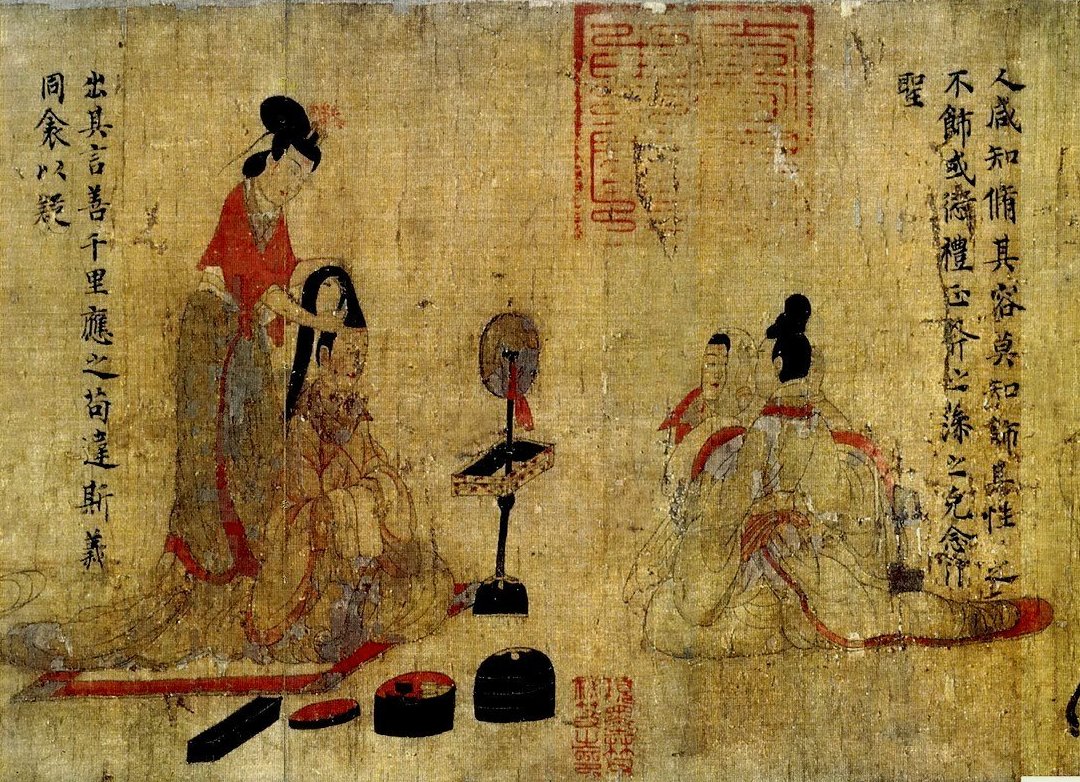
Attributed to Gu Kaizhi: Admonitions of the Instructress to Palace Ladies, 5th century. “Adorning the Face”
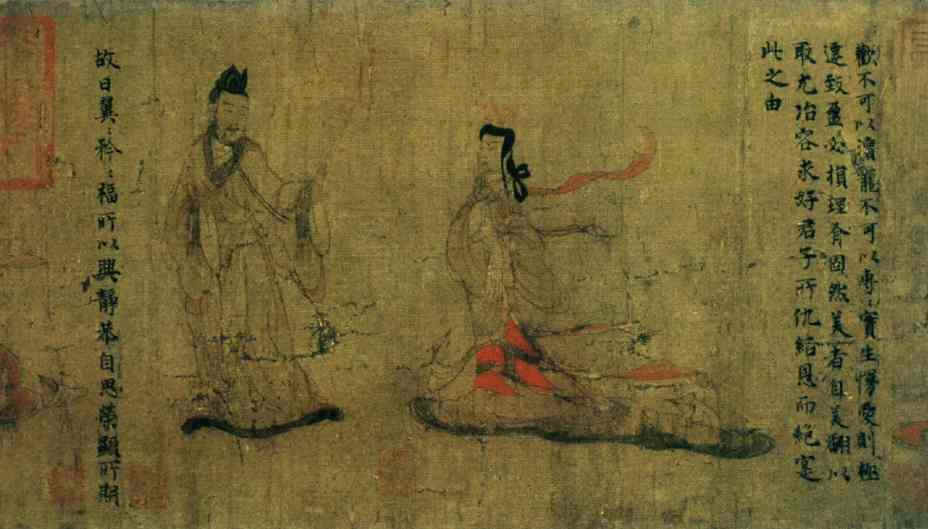
Attributed to Gu Kaizhi: Admonitions of the Instructress to Palace Ladies, 5th century. “Seducing Gentleman”
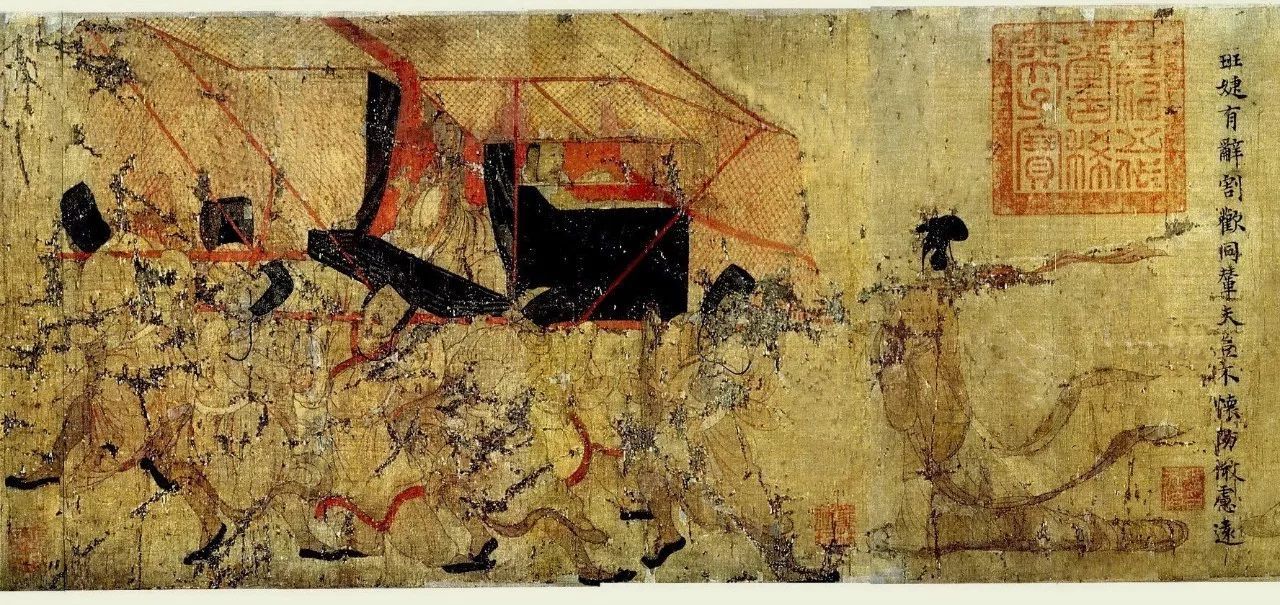
Attributed to Gu Kaizhi: Admonitions of the Instructress to Palace Ladies, 5th century. “Lady Ban’s refusal to Emperor Cheng”

Attributed to Gu Kaizhi: Nymph of the River (6th century), 12th century copy.

Attributed to Gu Kaizhi: Nymph of the River (6th century), 12th century copy. “Encountering the Nymph”
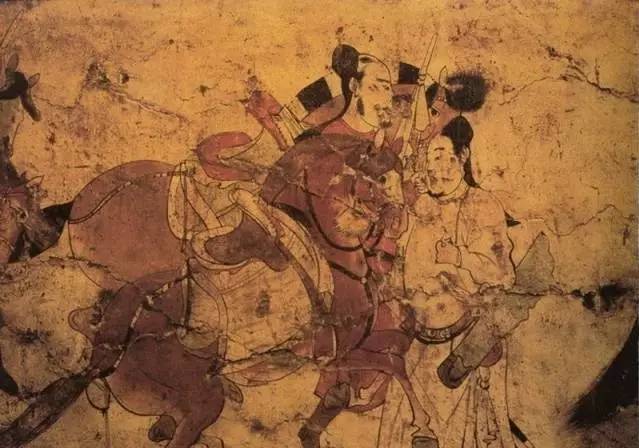
Leading horses. Mural in Lou Rui’s painted tomb, Taiyuan, Northern Qi, 6th century CE.
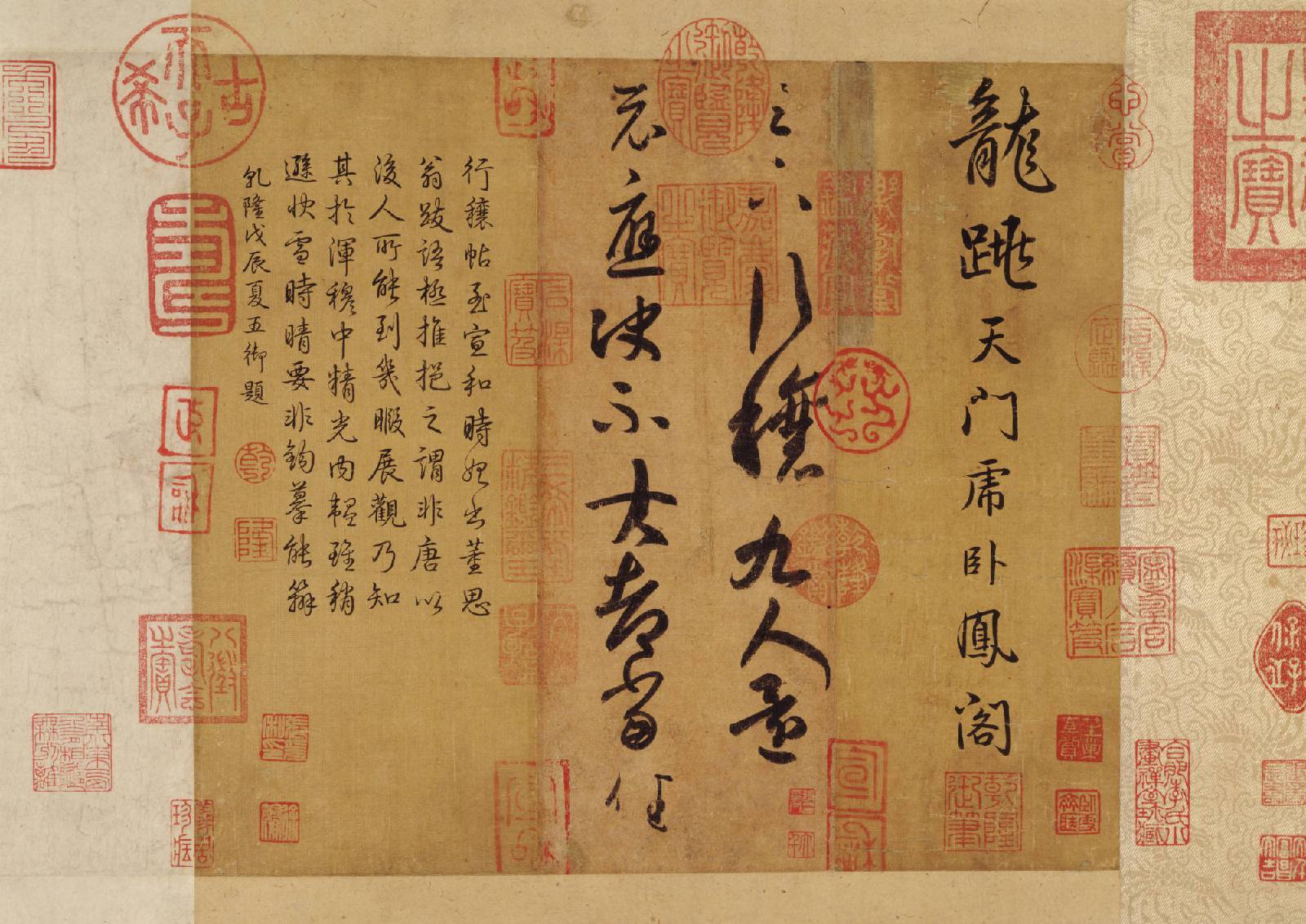
Wang Xizhi, Ritual to Pray for Good Harvest, in cursive script, Tang tracing copy, 7th century CE.
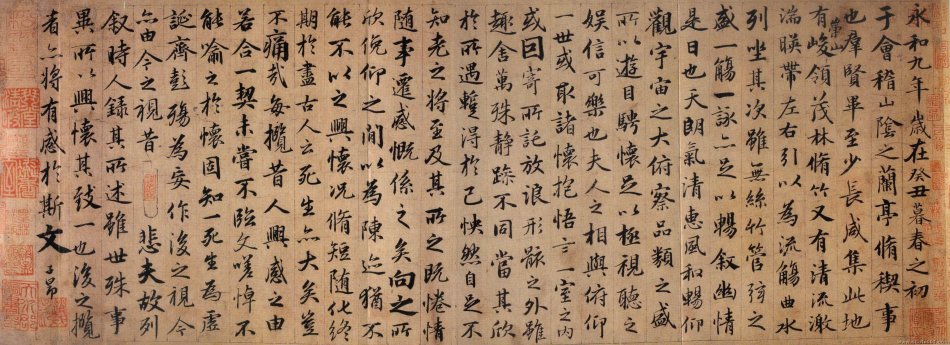
Wang Xizhi, Orchid Pavillion Preface, in running script, 353 CE, Tang tracing copy, 7th century CE.
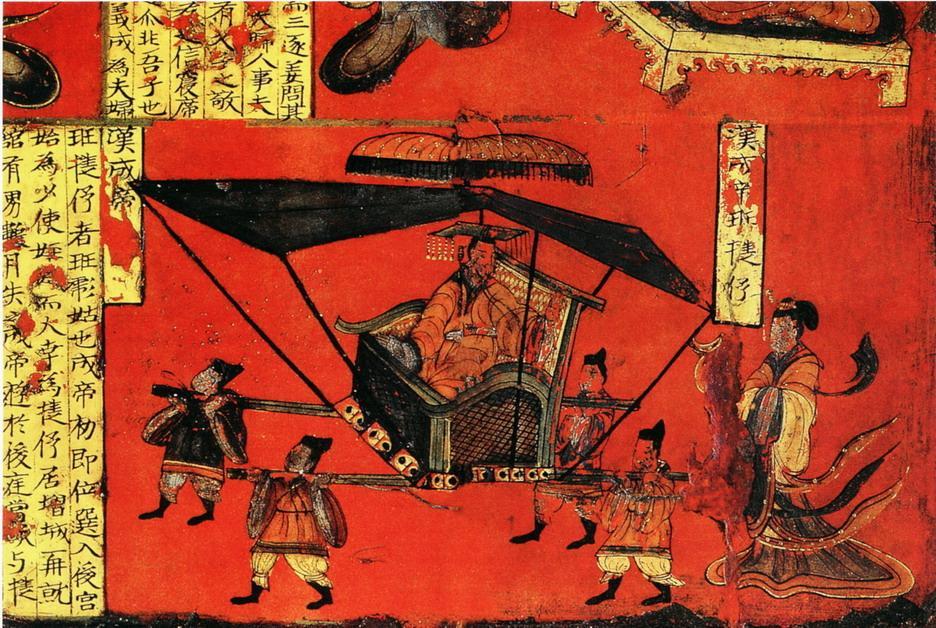
Lacquer painted screen, Sima Jinlong’s tomb, late 5th century CE/ Detail of “Lady Ban’s refusal to Emperor Cheng”
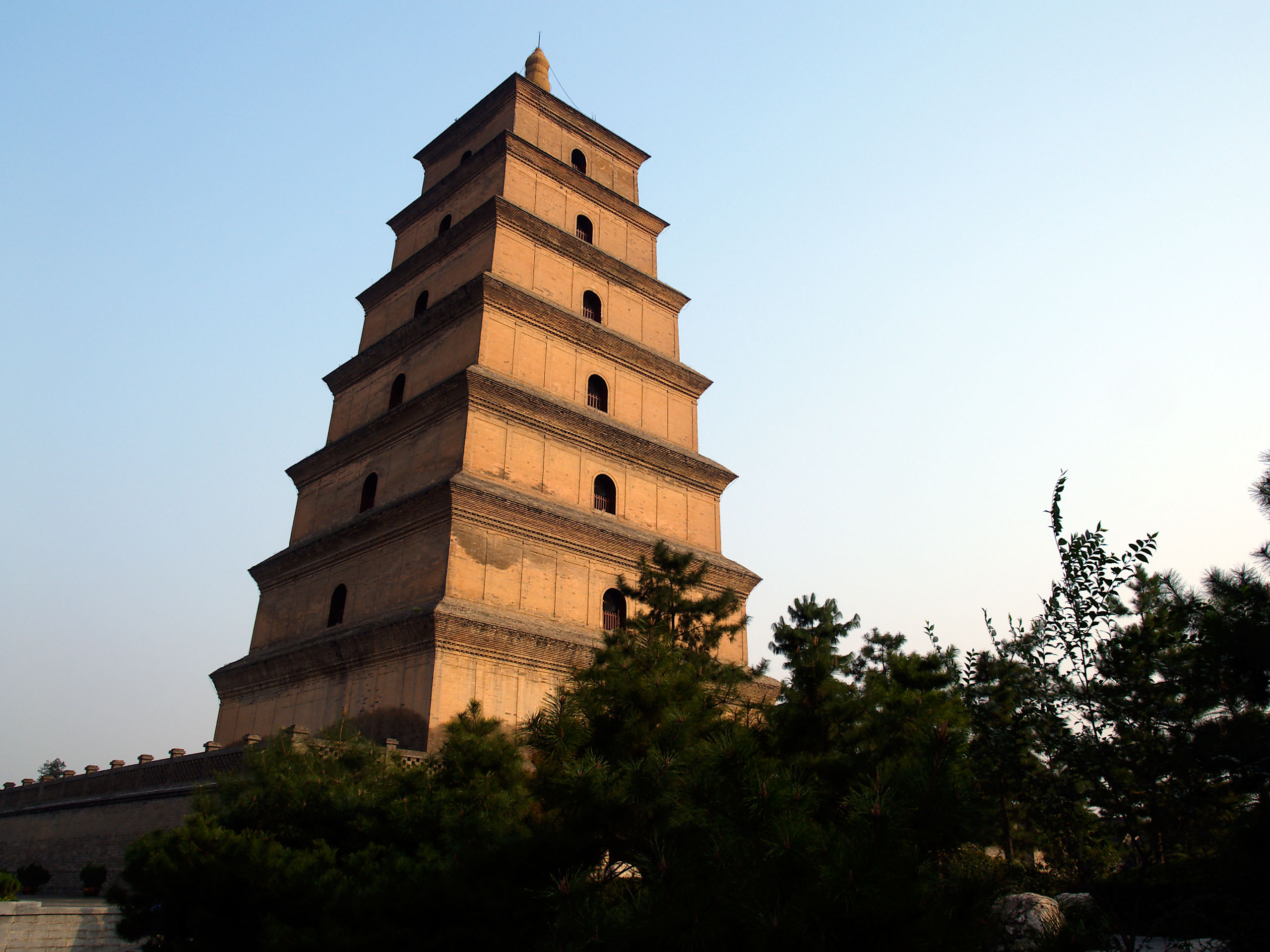
Great Wild Goose Pagoda, Tang, 7th century CE.
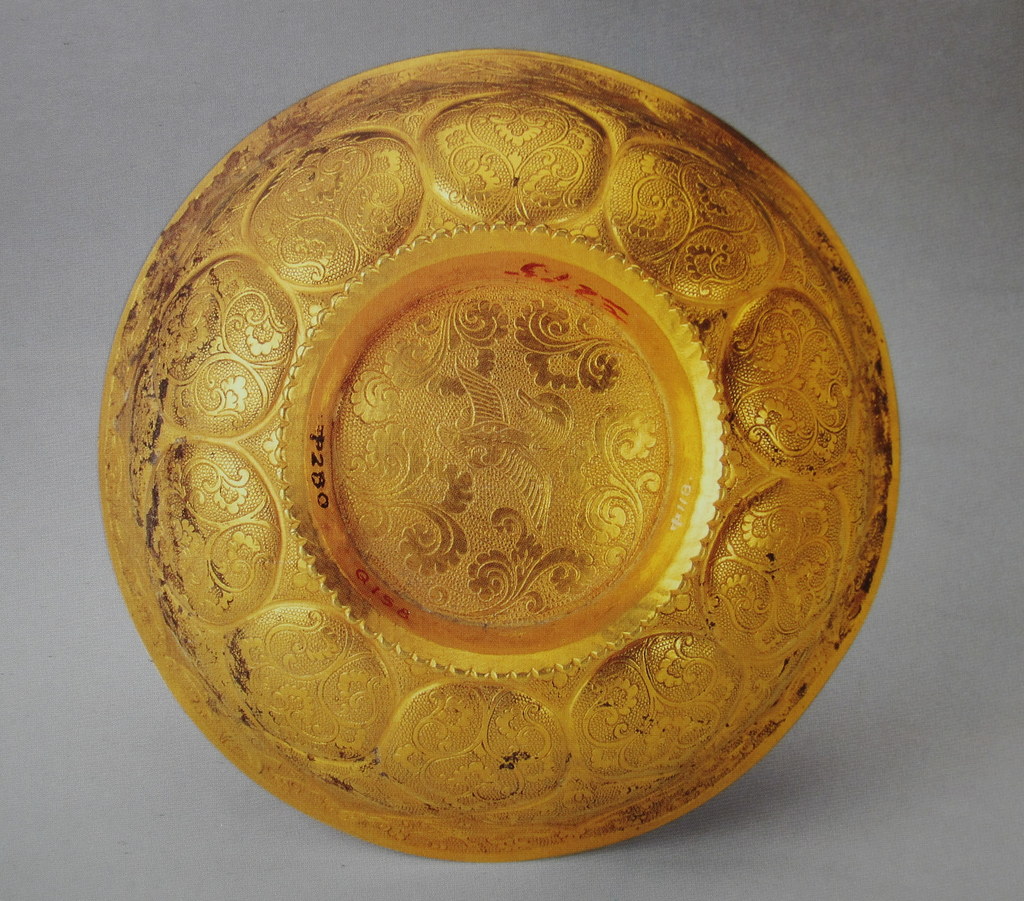
Gold bowl with repoussé ornament (bottom view), Tang, 8th century CE.
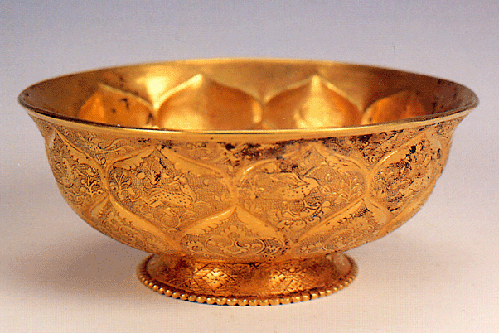
Gold bowl with repoussé ornament (side view), Tang, 8th century CE.
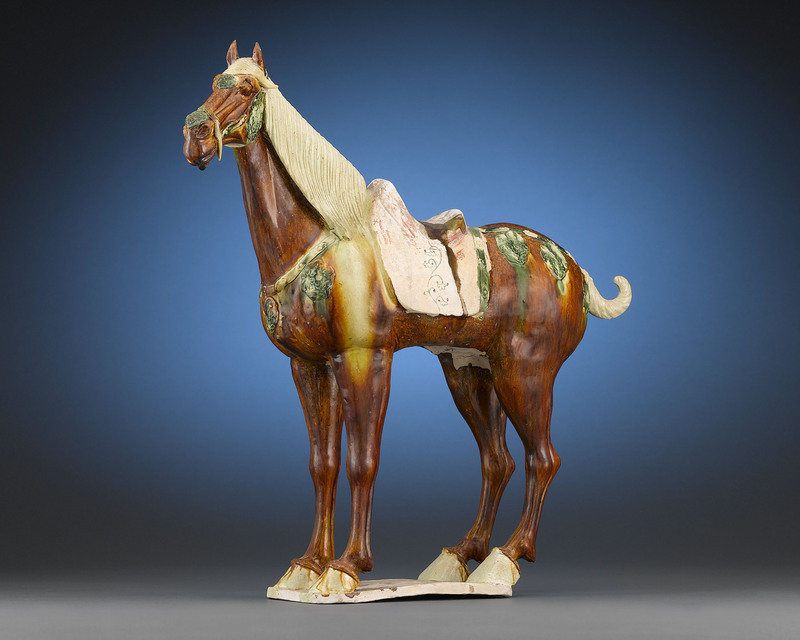
Three-color porcelain horse, Tang, 8th century CE.
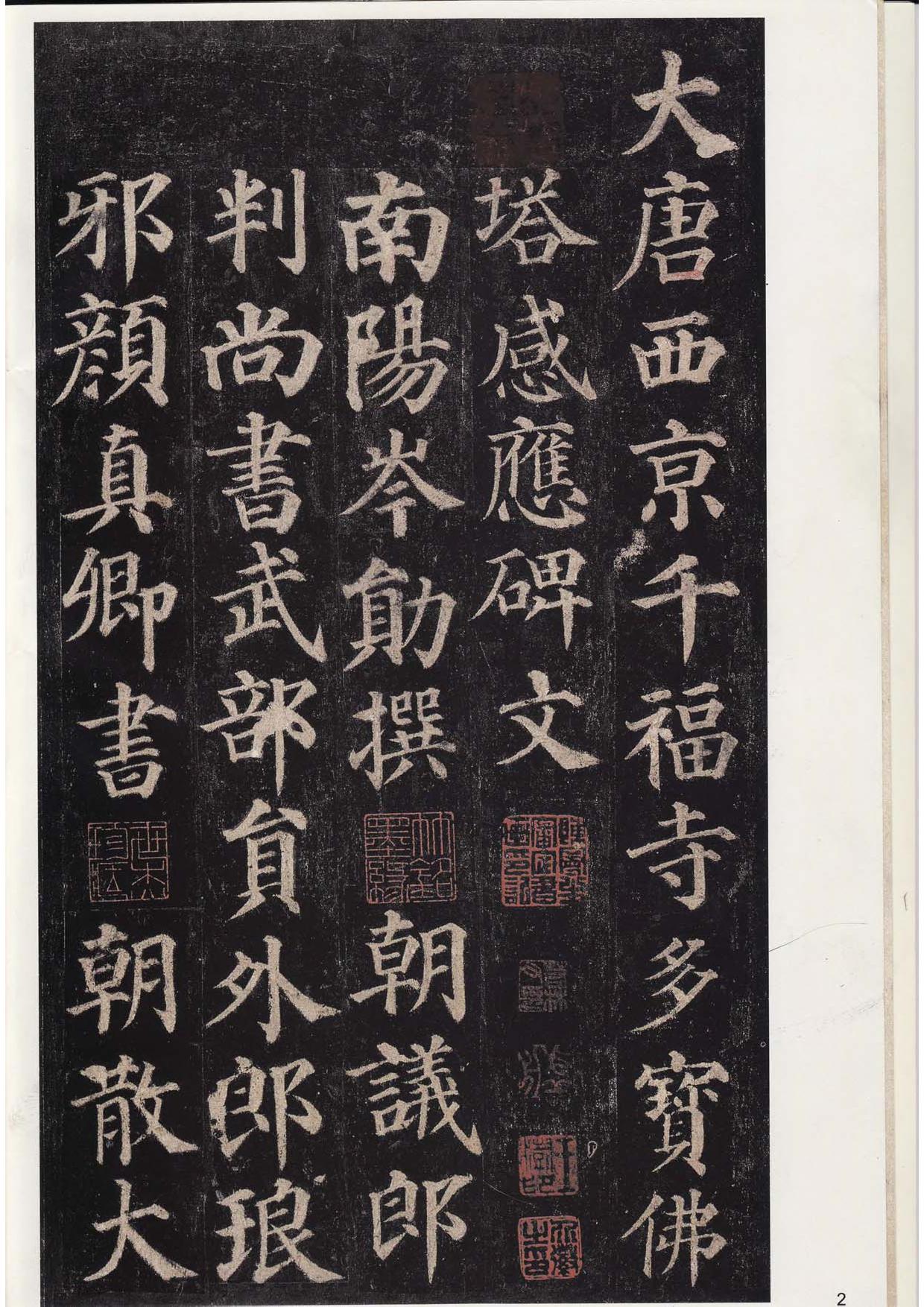
Yan Zhenqing, Duobao (Abundant Treasures) Pagoda Stele, Regular script, Tang, 752 CE.
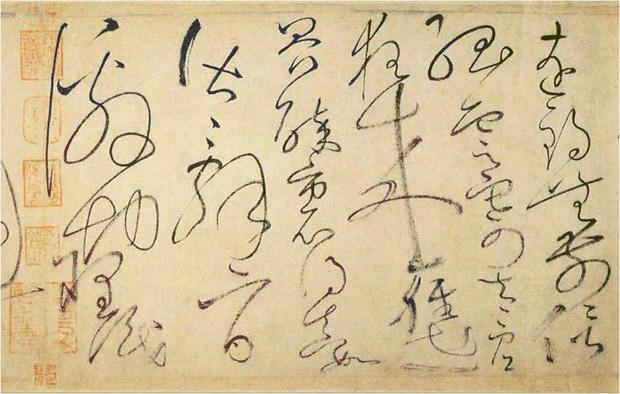
Huai Su, Autobiography, Wild-cursive script, Tang, 777 CE.
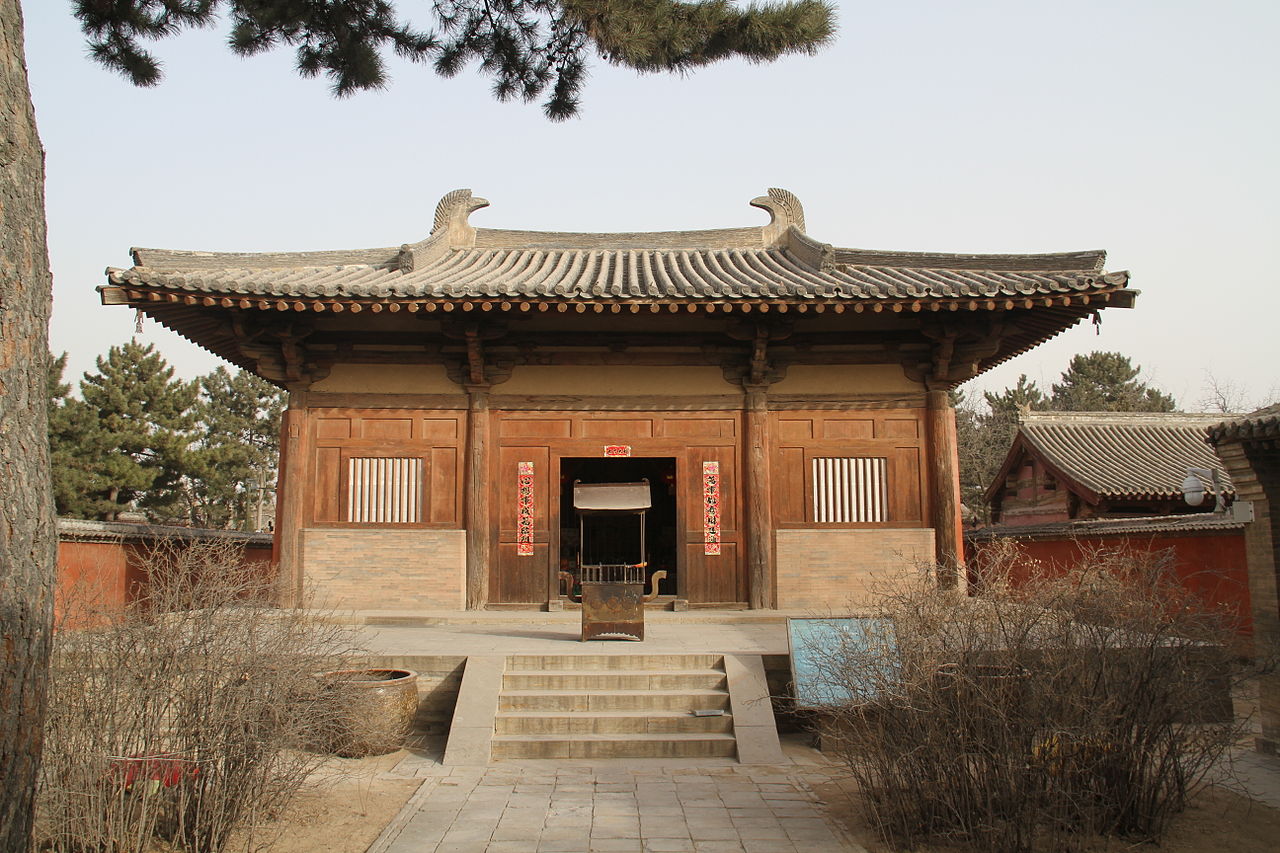
Nanchan Monastery, Tang, 8th century CE.
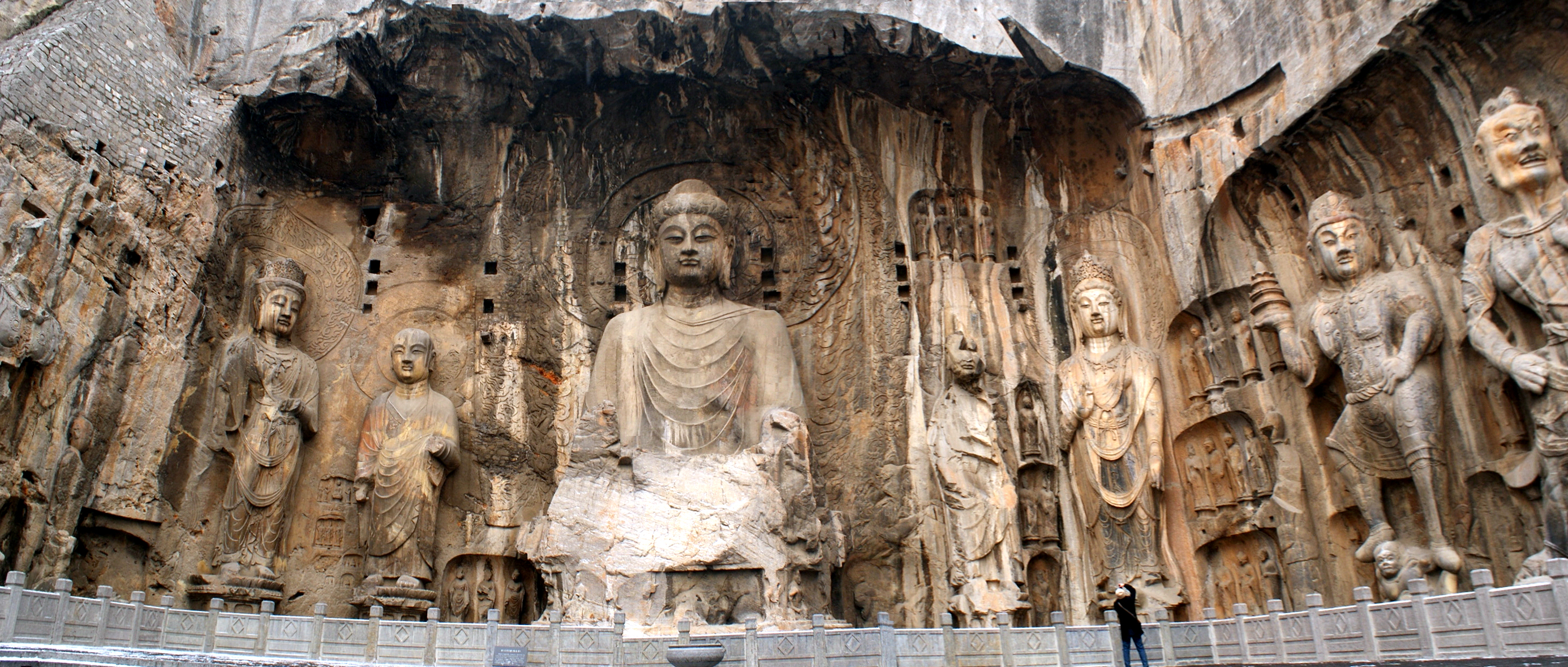
Great Buddha, Longmen Cave Complex, Tang, late 7th century CE.
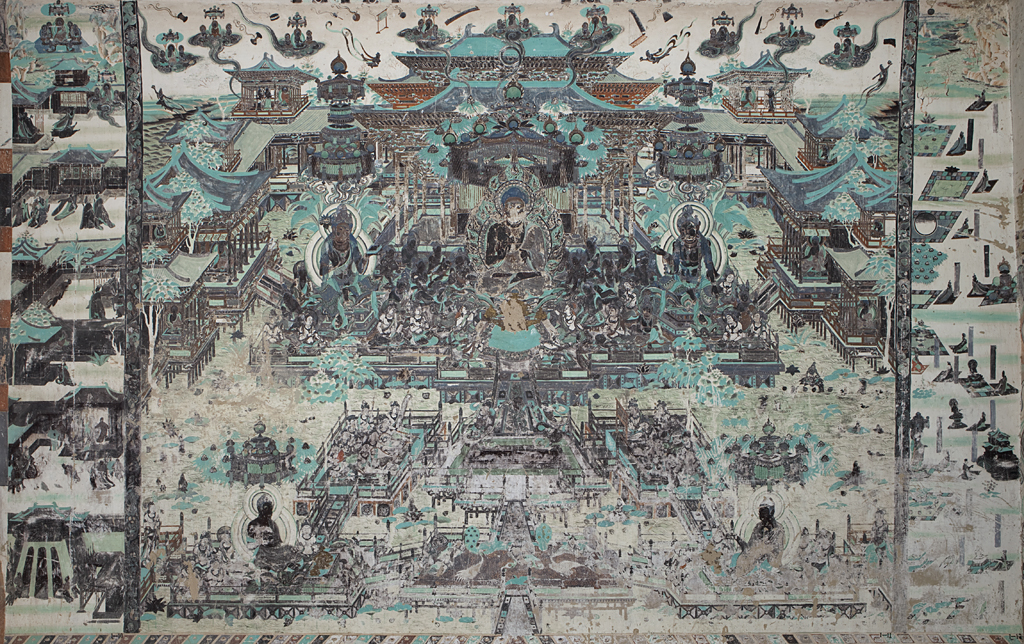
Western Paradise, mural from Dunhuang Cave 172, Tang, 7th-8th century CE.
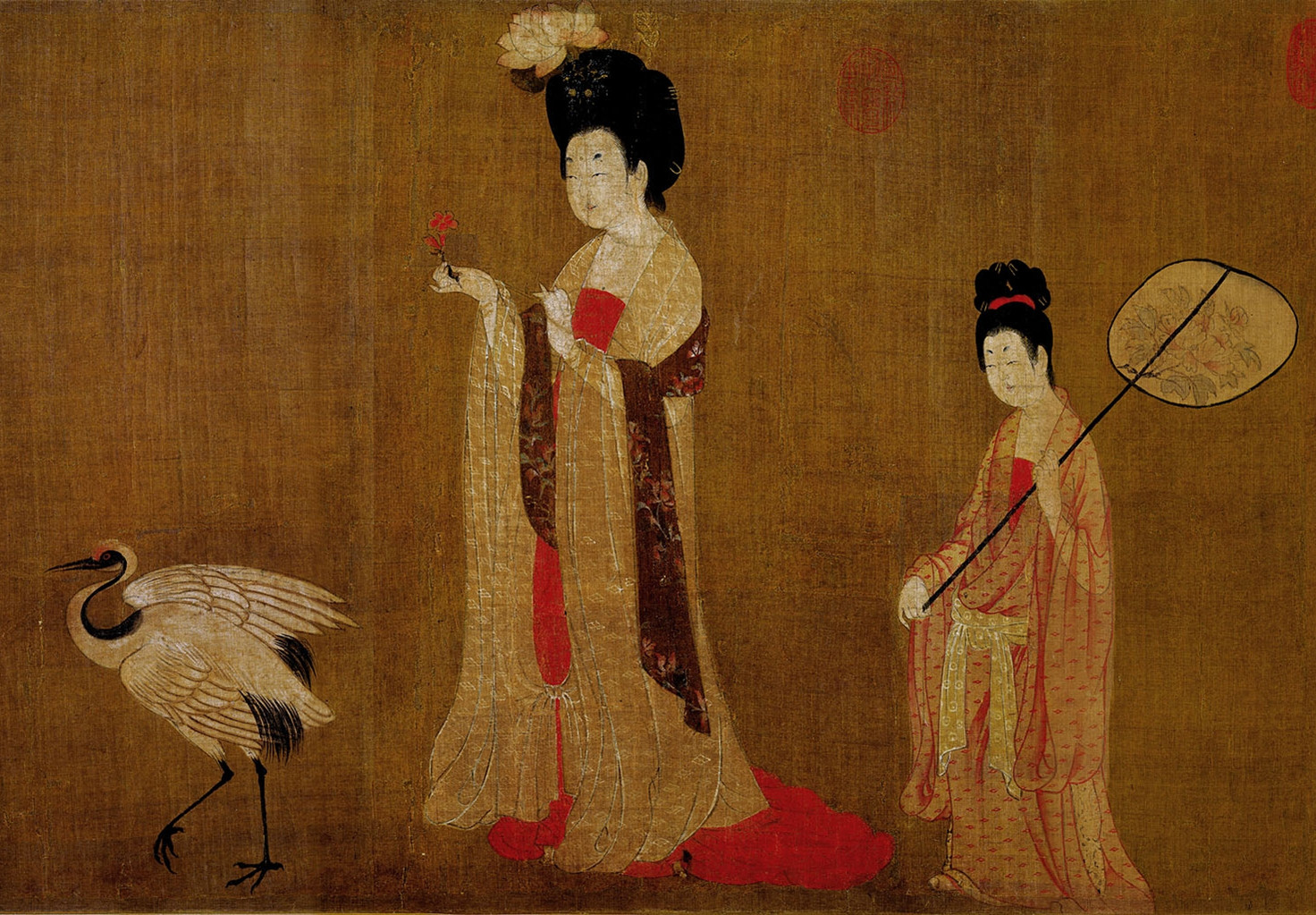
Zhou Fang, Ladies with Followers in their Hair, Tang, 8th-9th century CE original, 10th century copy.
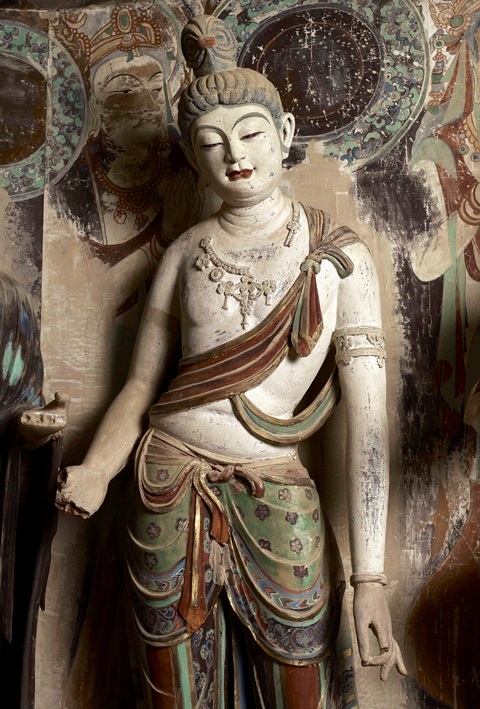
Bodhisattva, sculpture from Dunhuang Cave 45, Tang, 7th-8th century CE.
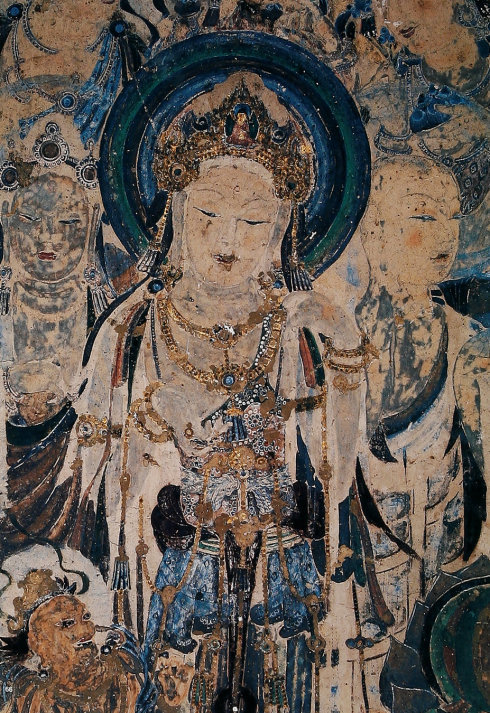
Bodhisattva, mural from Dunhuang Cave 57, Tang, 7th century CE.
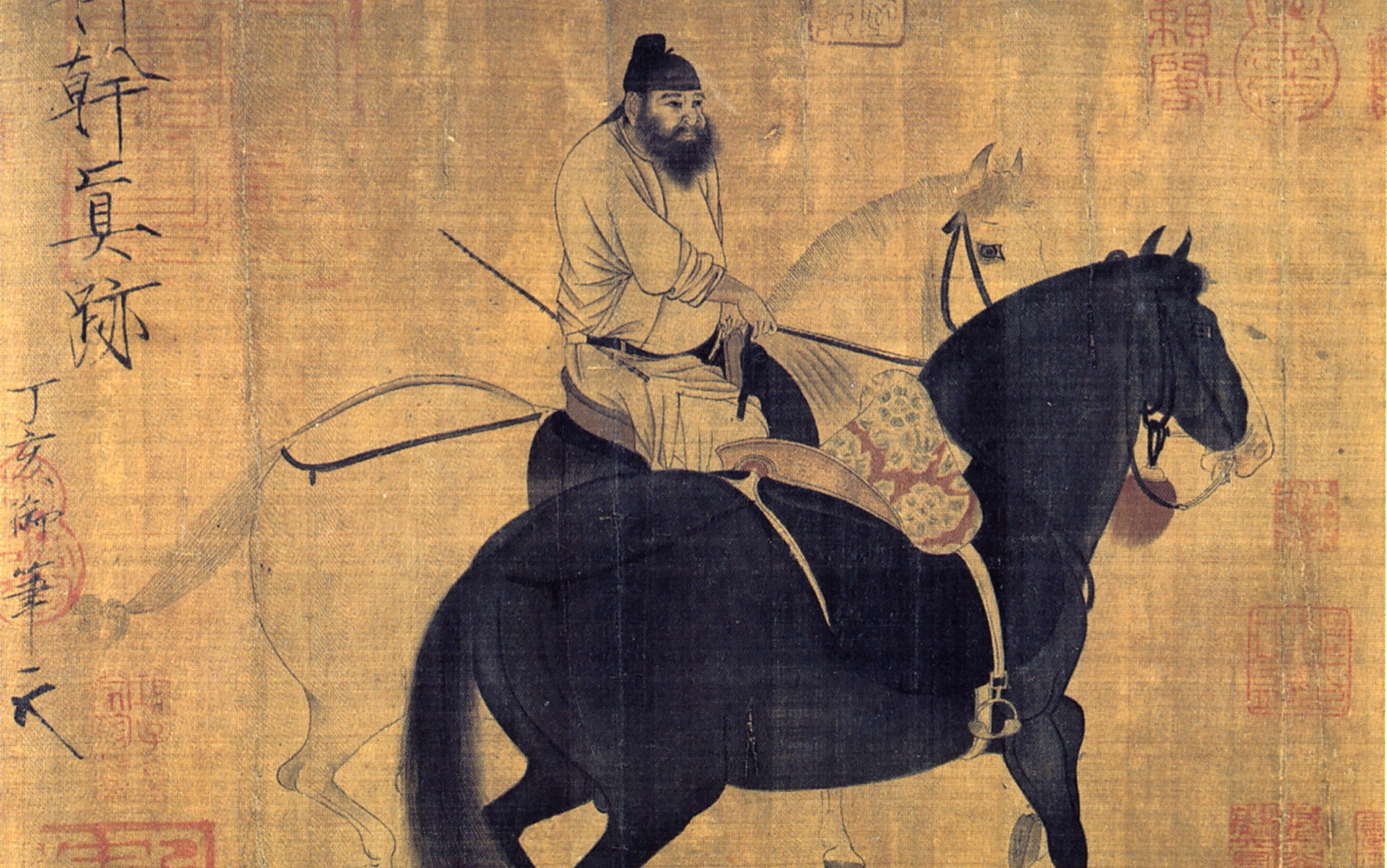
Han Gan, Man herding horse, ink and color on silk, Tang, 8th century CE.
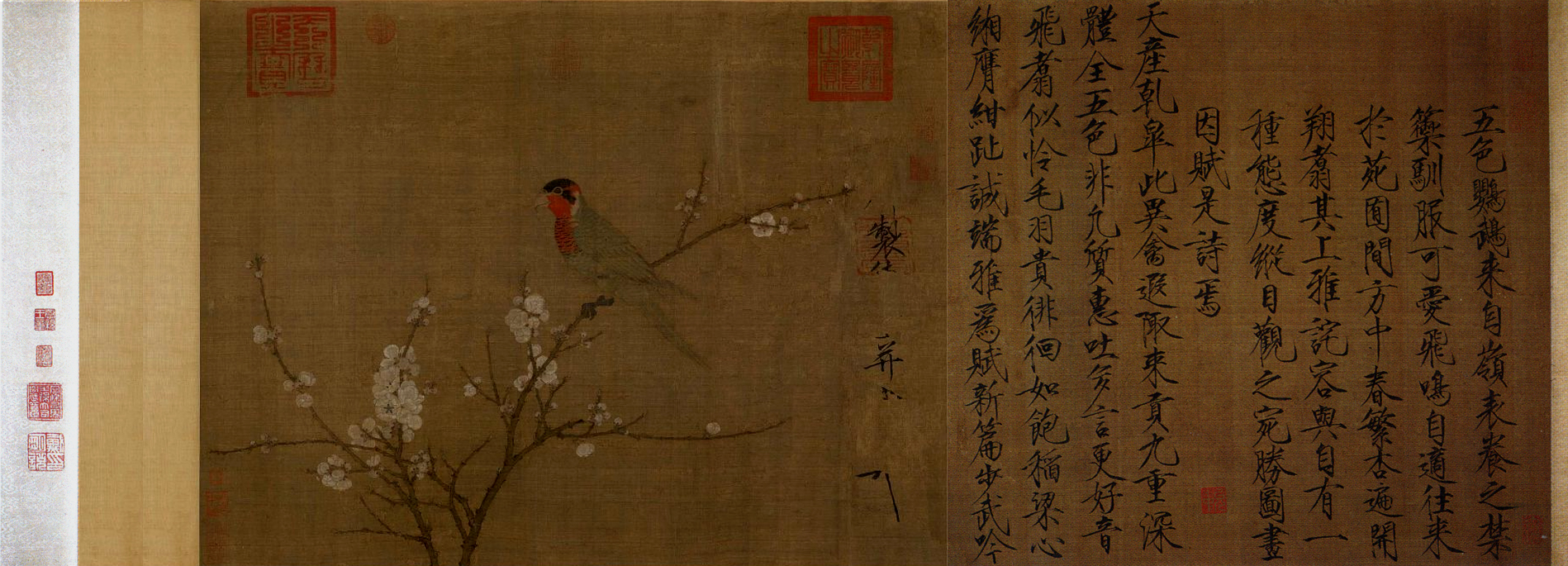
Emperor Huizong (r. 1101-25), Five Colored Parakeet, late 12th century CE.
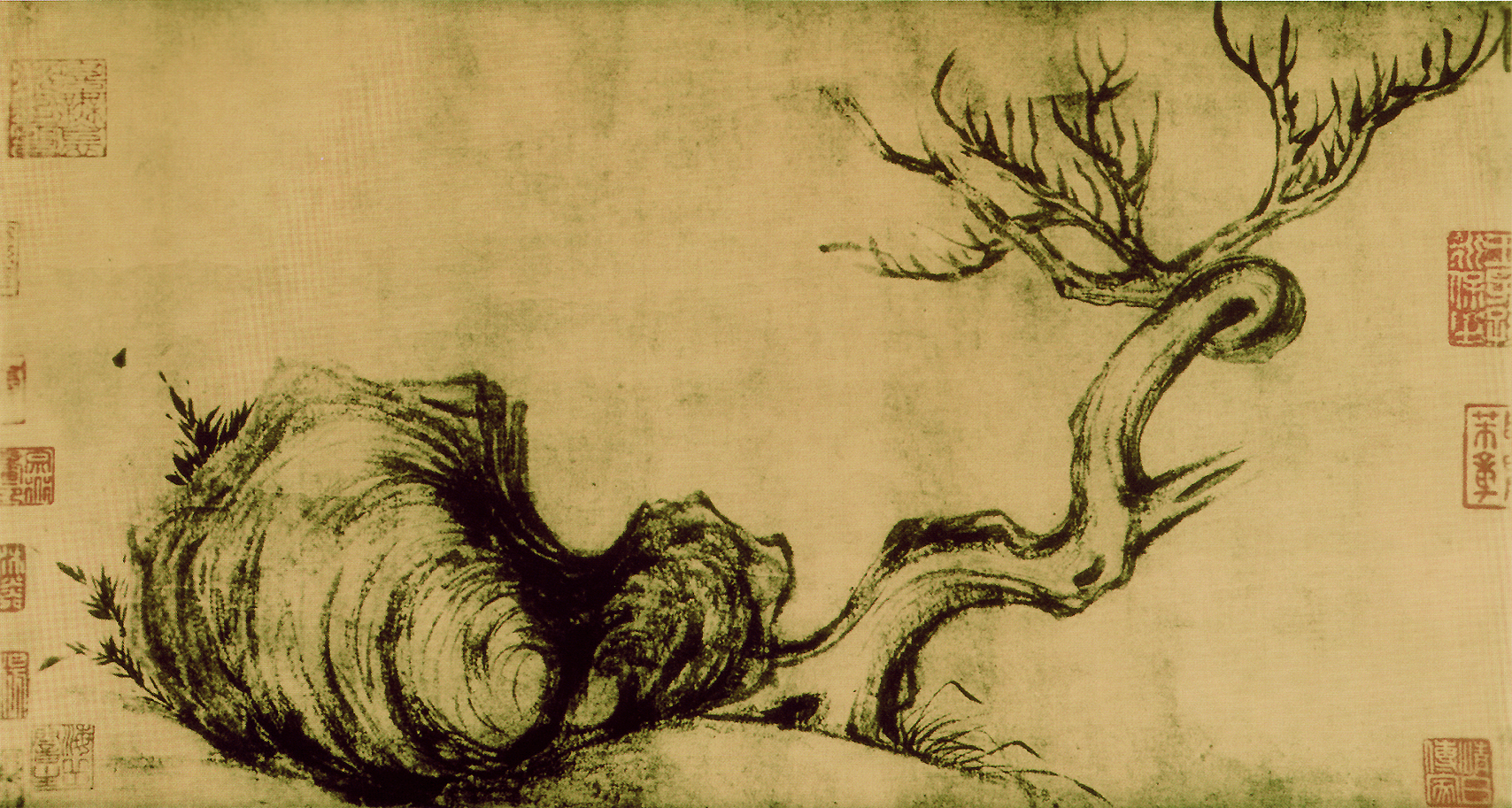
Attributed to Su Shi, Rock and Tree, 11th century CE.

Gu Hongzhong, Night Entertainment of Han Xizai, 12th century copy of 10th century original.
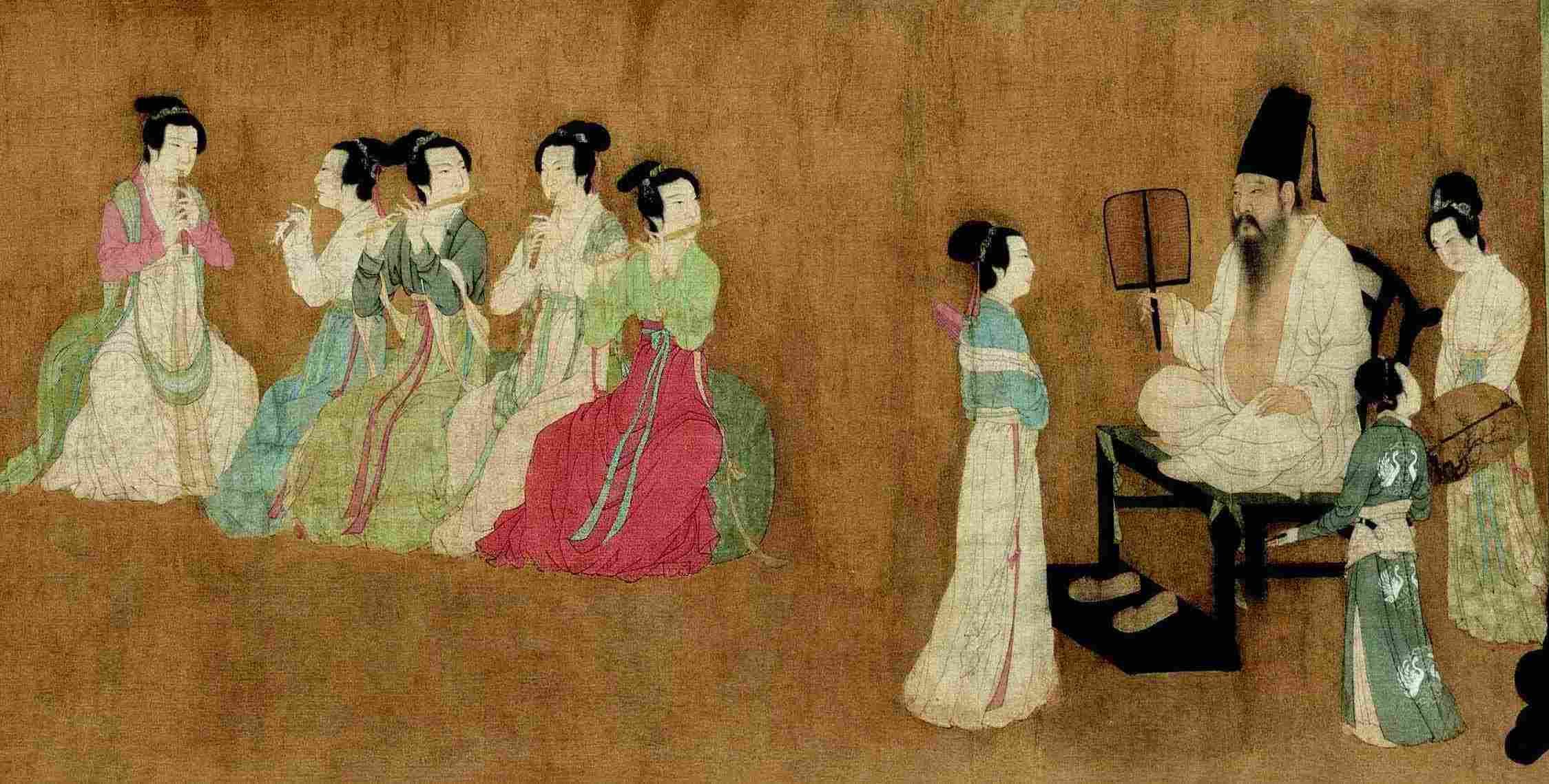
Gu Hongzhong, Night Entertainment of Han Xizai, 12th century copy of 10th century original. “Listening to Music”
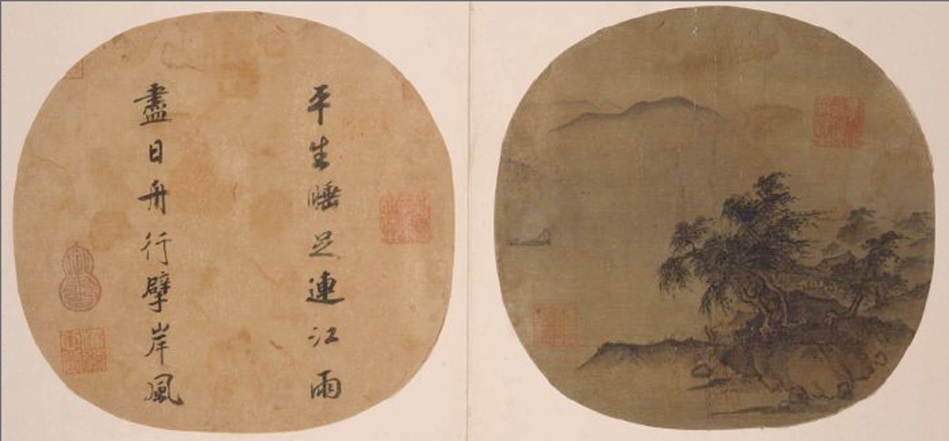
Poem by Su Shi, Calligraphy by Emperor Lizong, and painting by Xia Gui (Sailboat in Rainstorm, 13th century CE)

Attributed to Emperor Huizong, Court Ladies Preparing Newly Woven Silk, 12th century CE.
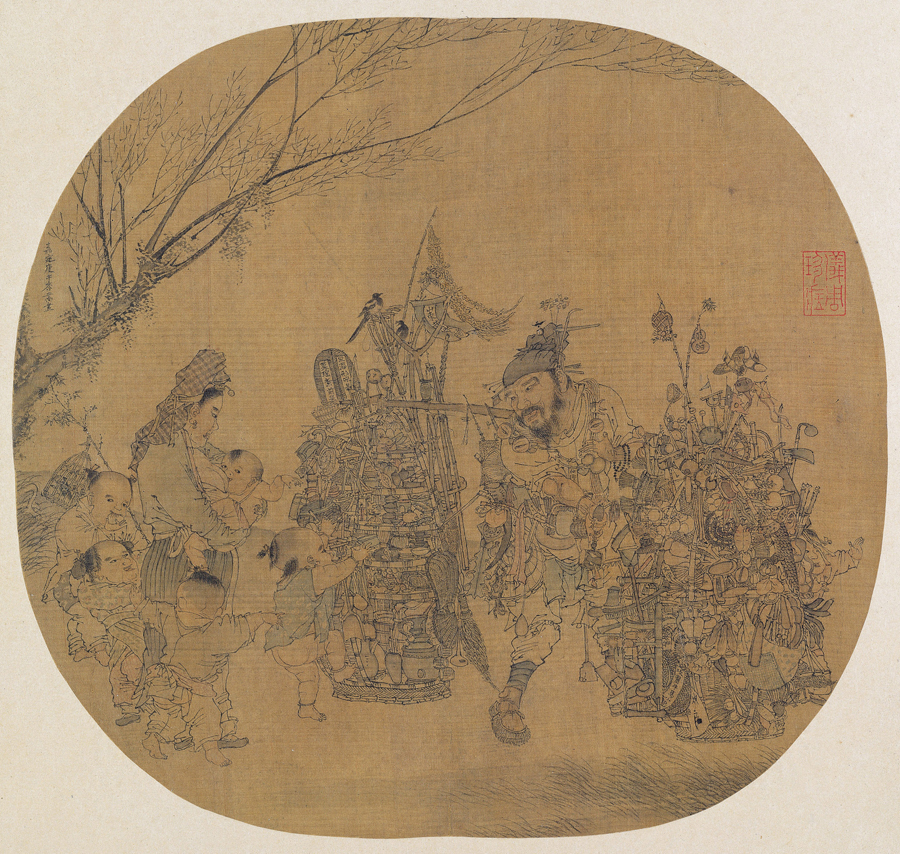
Li Song, Knick-knack peddler, 1210 CE.
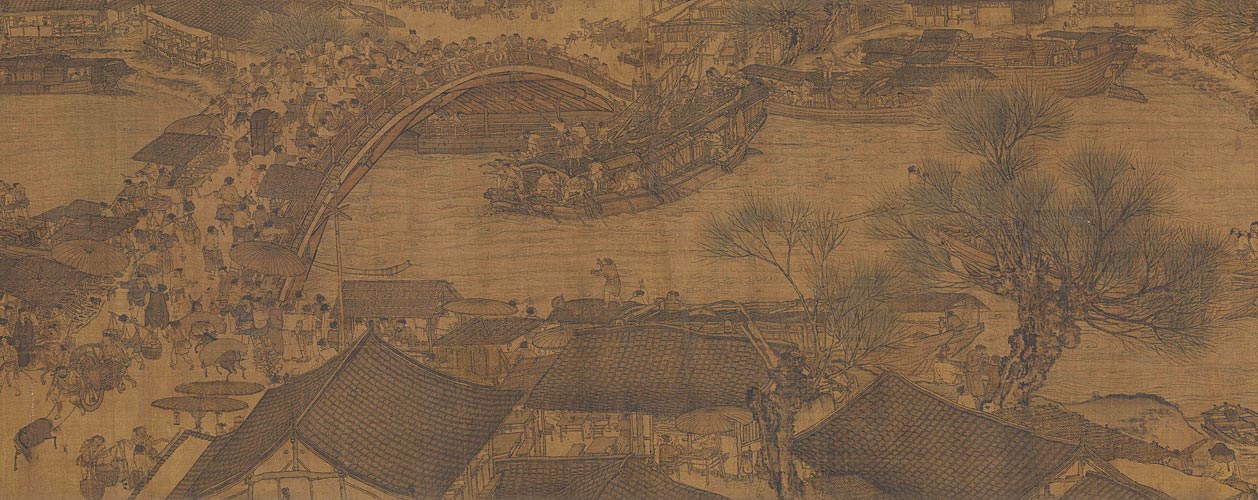
Zhang Zeduan, Spring Festival on the River, 1120 CE.
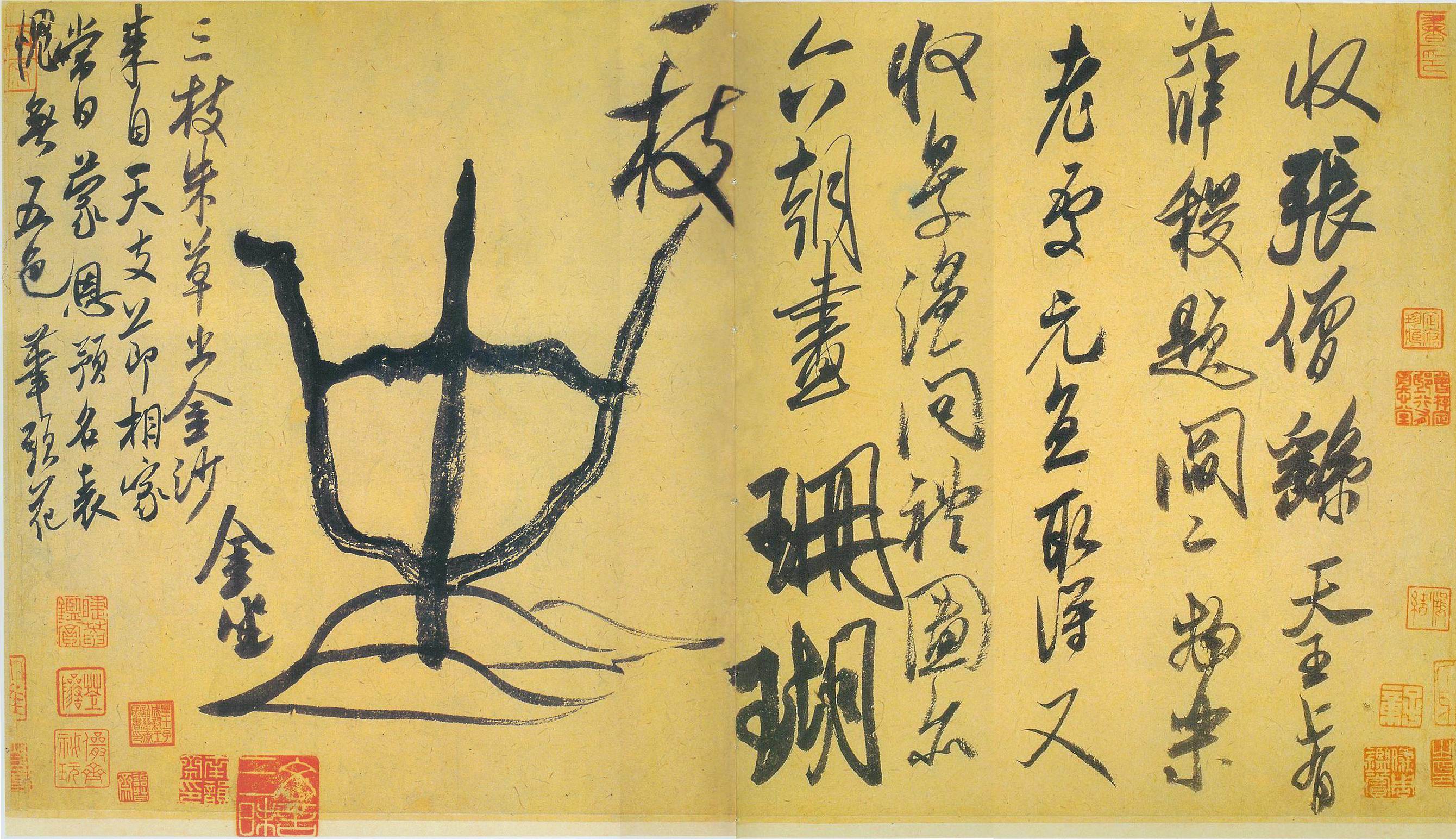
Mi Fu, Letter about Coral Tree, 11th century CE.
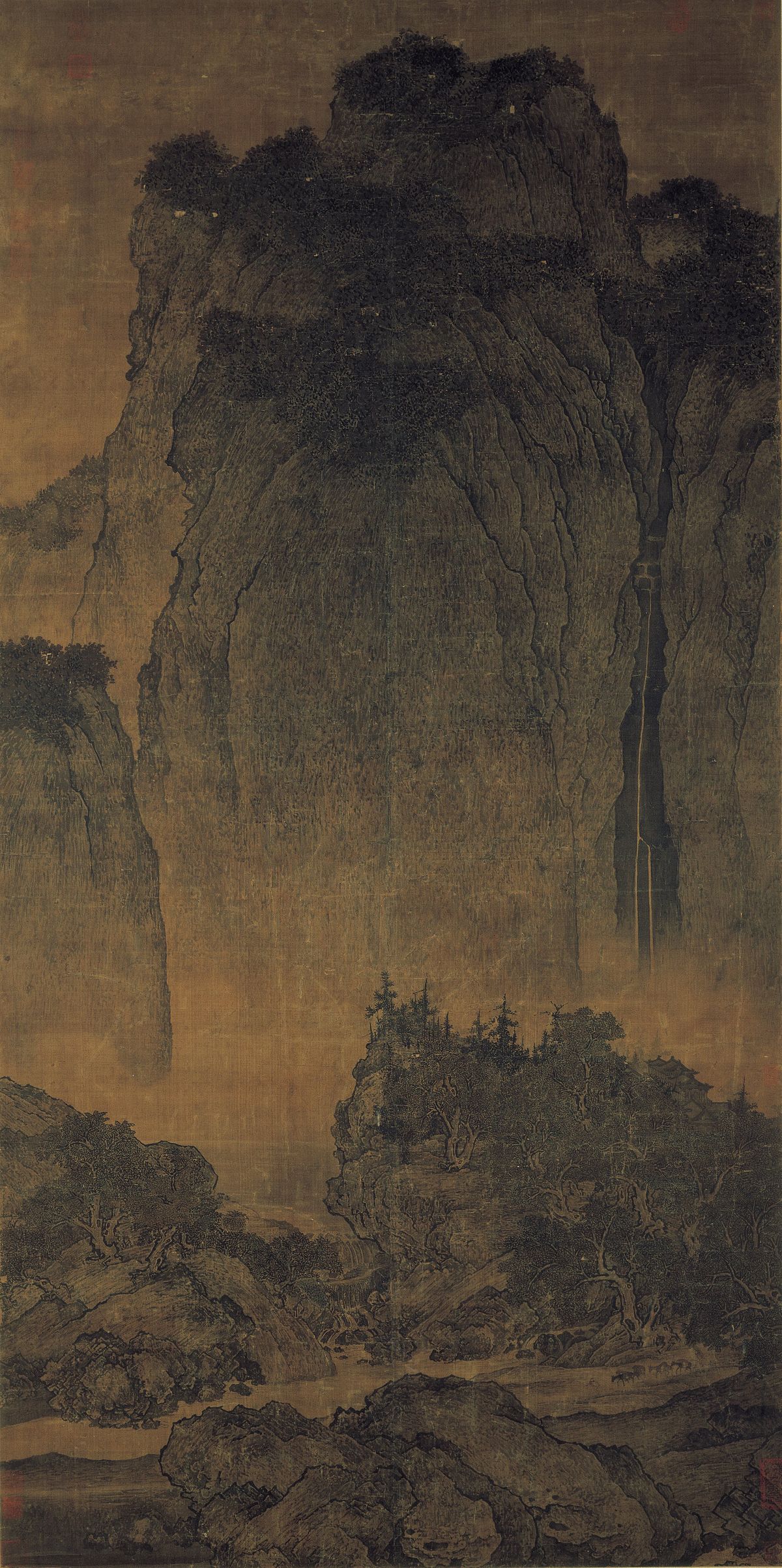
Fan Kuan, Travelers Among Mountains and Streams, early 11th century CE.
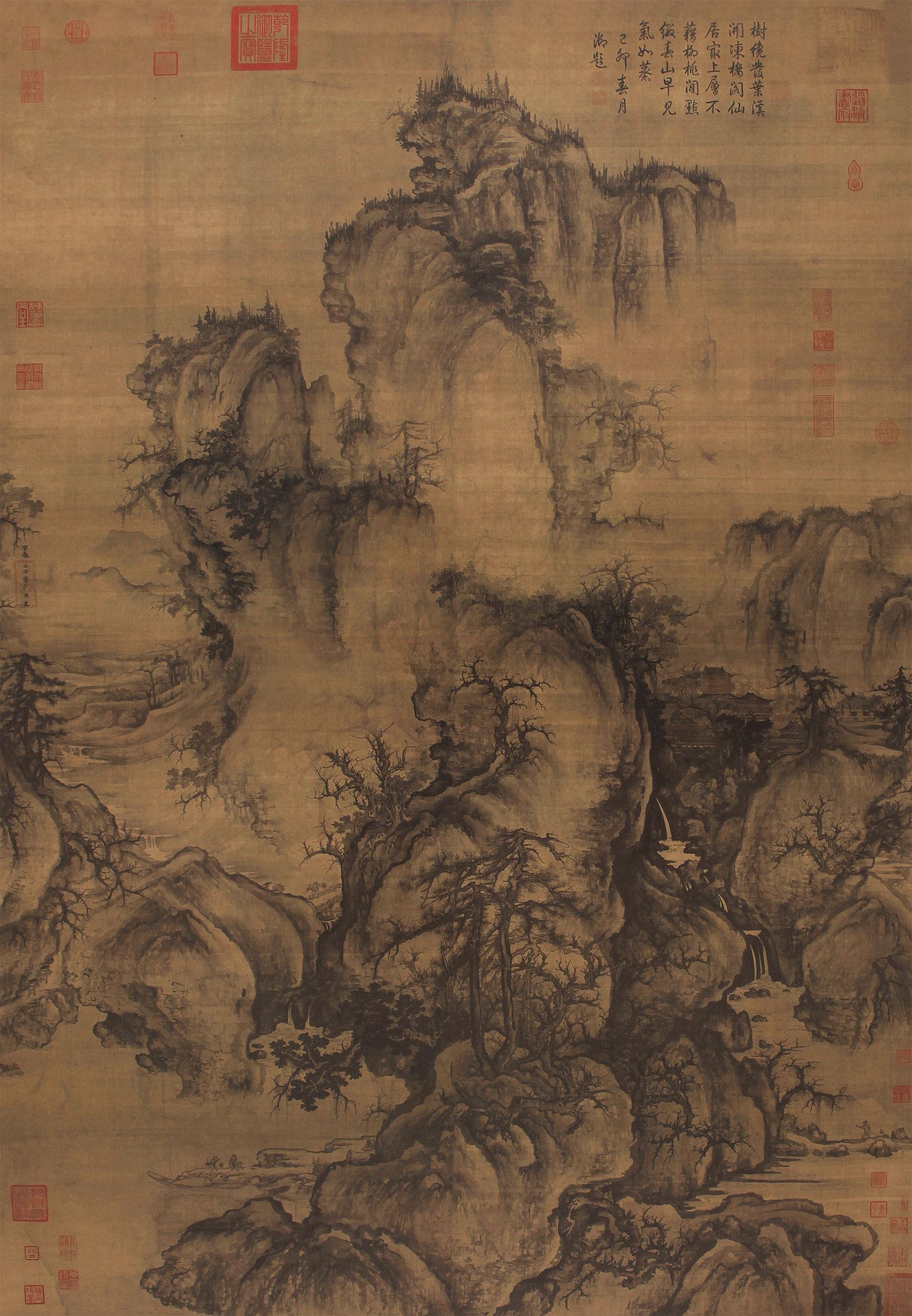
Guo Xi, Early Spring, 1072 CE.
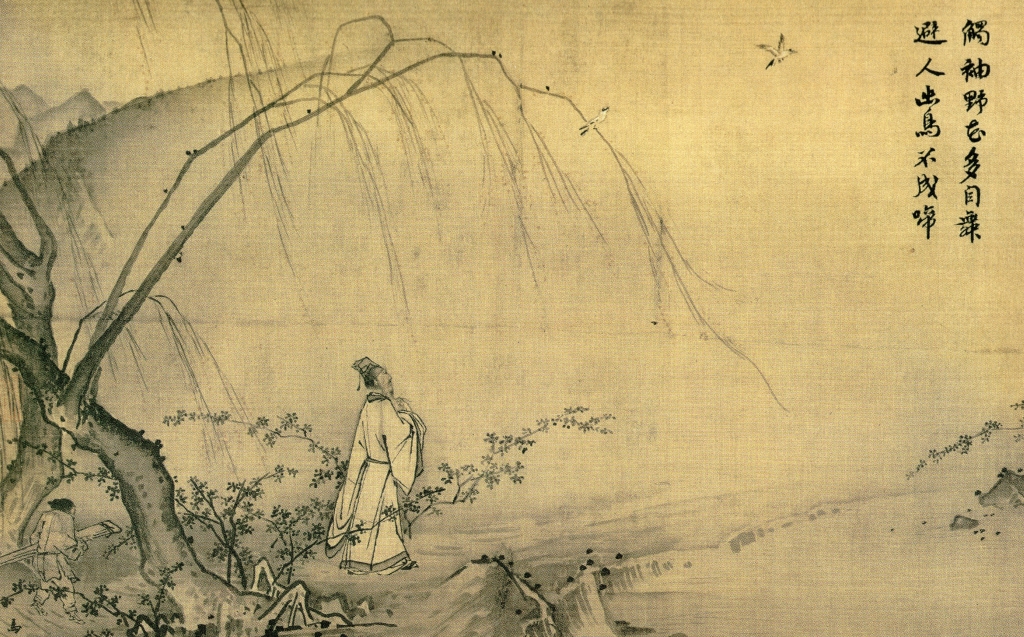
Ma Yuan, Walking on a Mountain Path in Spring, 13th century CE.
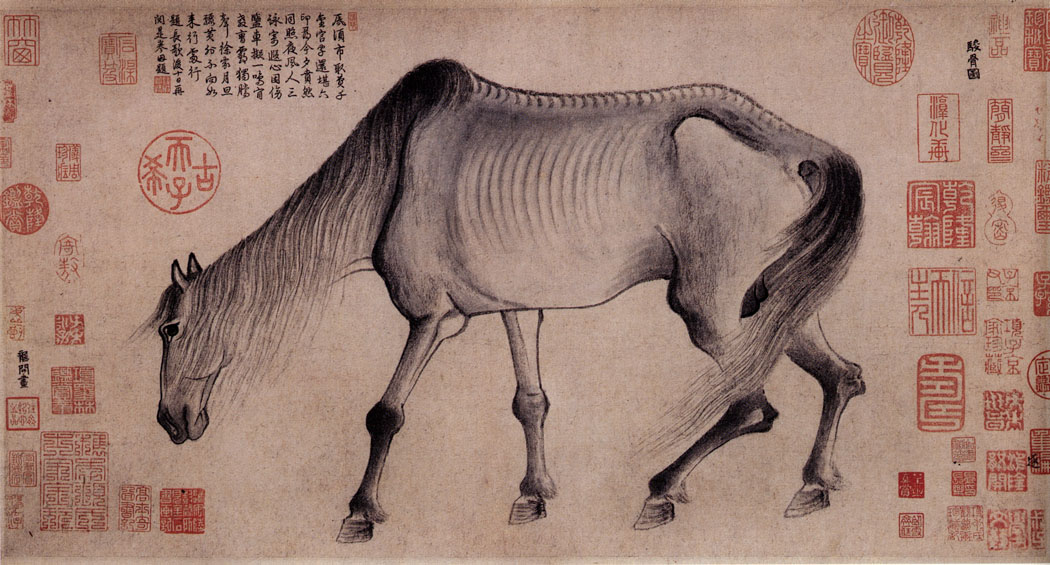
Gong Kai, Emaciated Horse, late 13th century.

Qian Xuan, Wang Xizhi Gazing at Geese, Yuan, late 13th century.

Zhao Mengfu, Autumn Colors on the Qiao and Hua Mountains, Yuan, 1295.
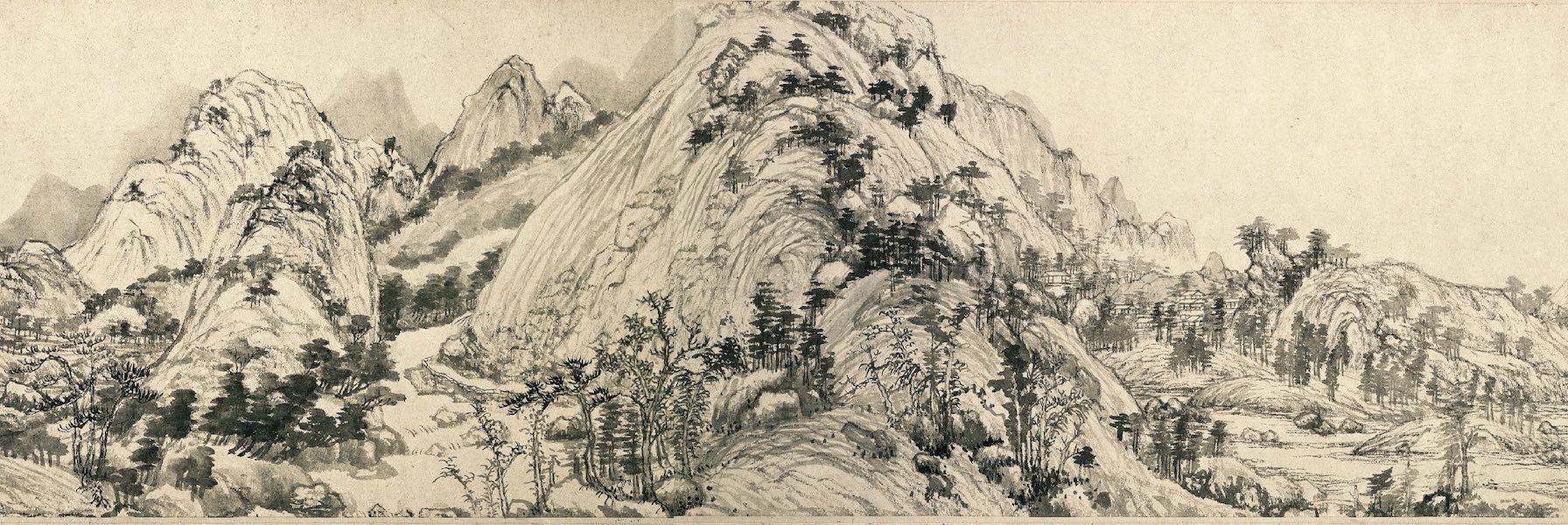
Huang Gongwang (1269-1354), Dwelling in the Fuchun Mountains, Yuan, mid-14th century
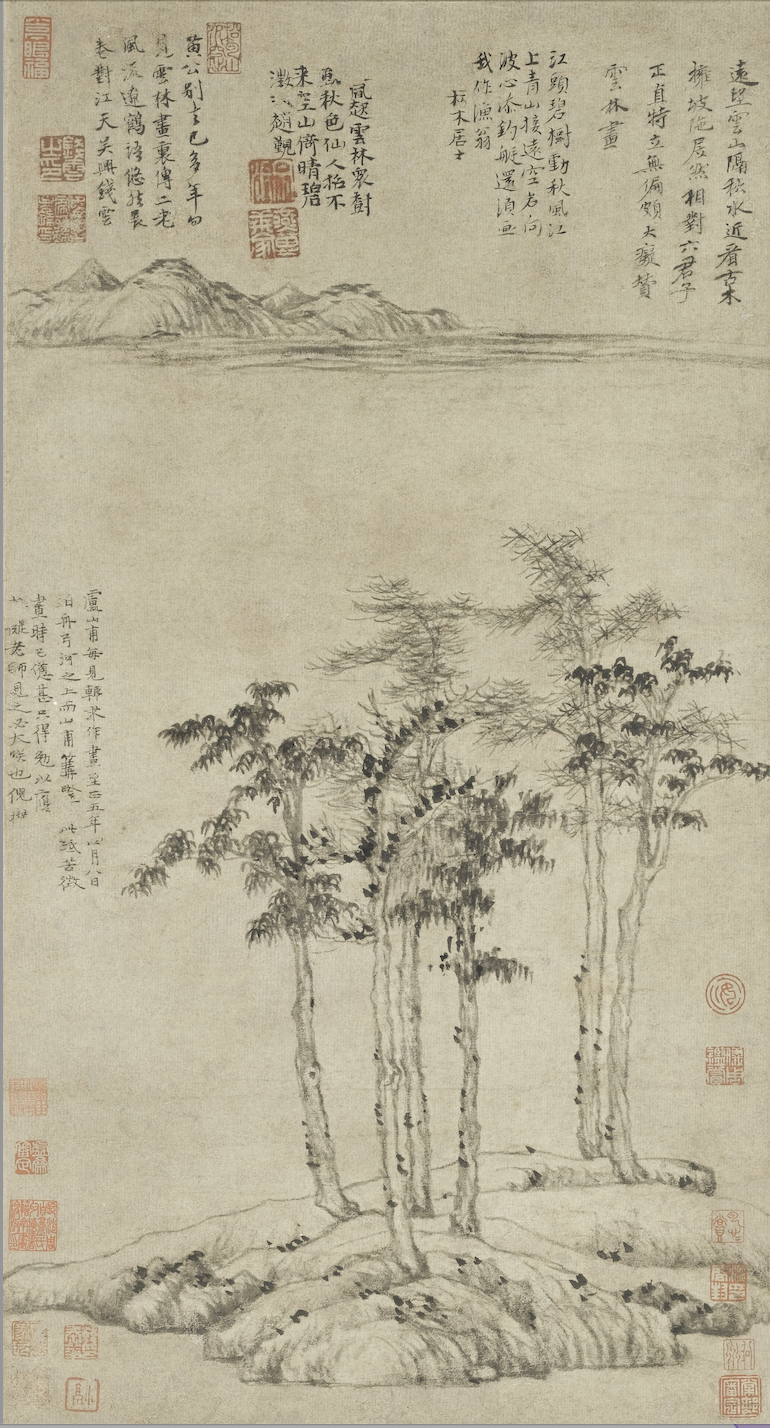
Ni Zan, Six Gentlemen, Yuan, 1345.

Wang Meng, Dwelling in Reclusion in the Qingbian Mountain, Yuan, 1366.

Wu Zhen, In Central Mountains, Yuan, 1336.
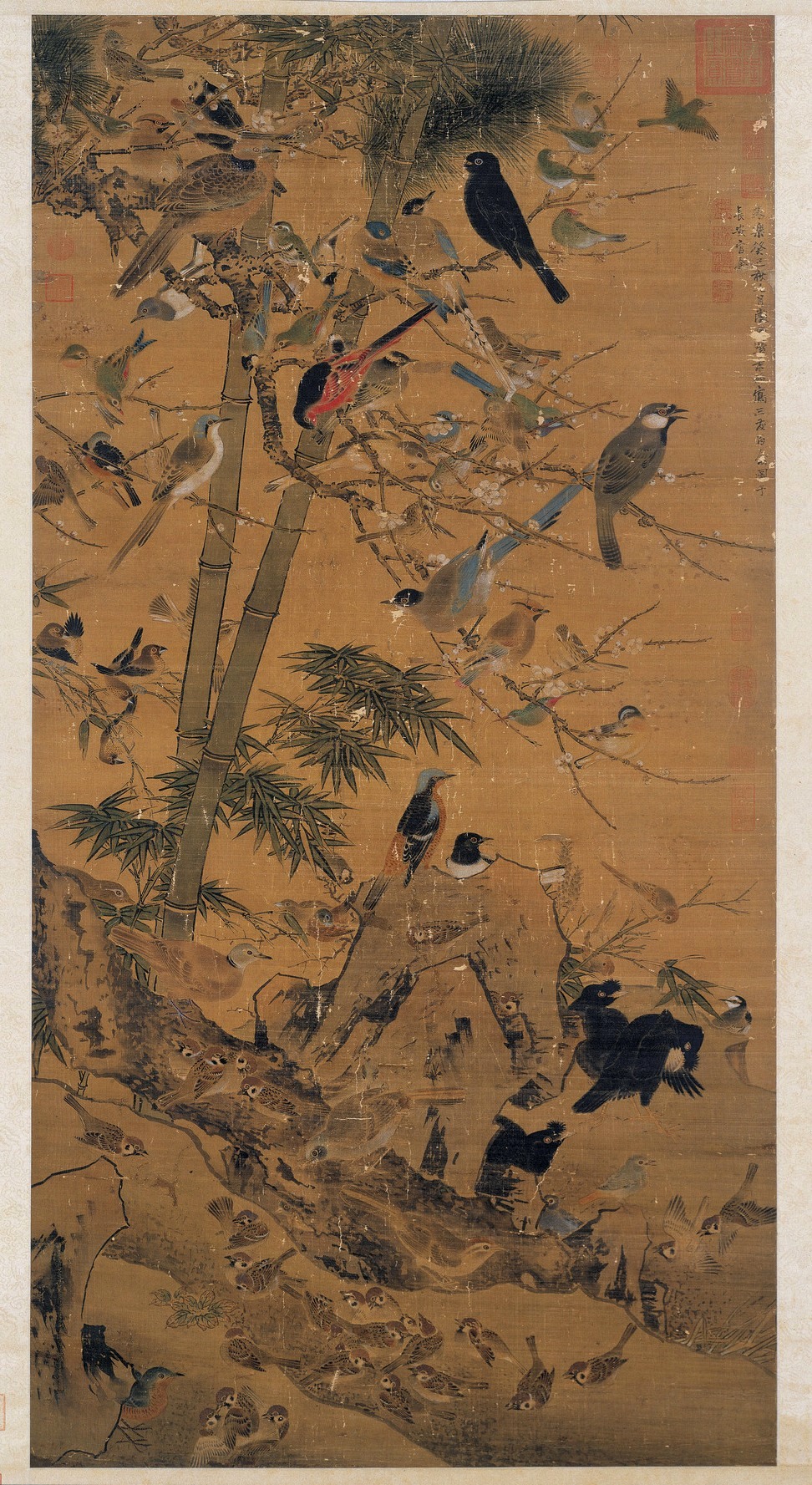
Bian Wenjin, Three Friends and A Hundred Birds, 15th century CE.
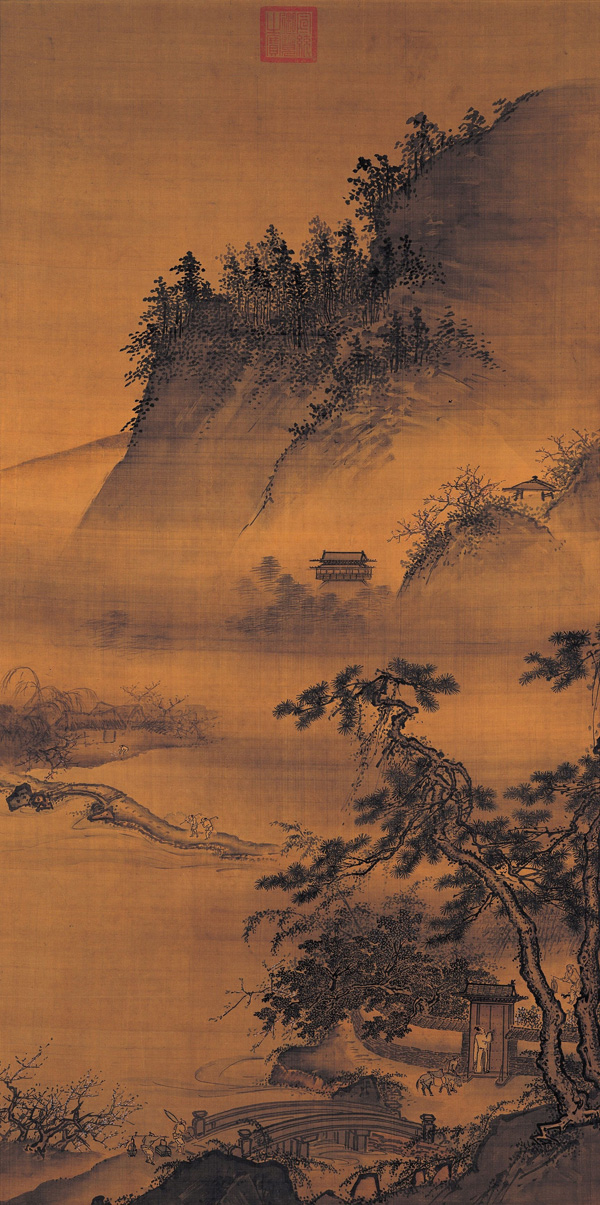
Dai Jin (1388-1462), Returning Home Late from a Spring Outing, 15th century CE.
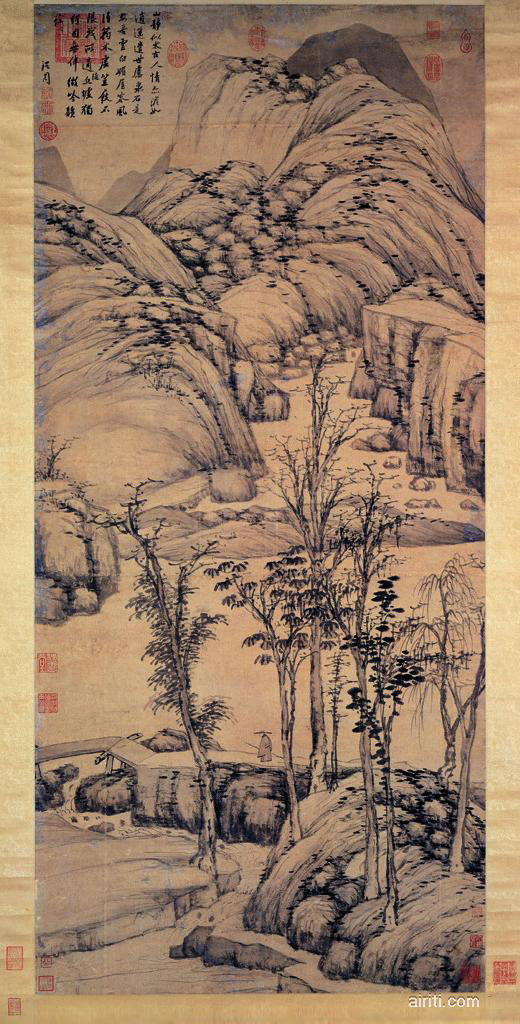
Shen Zhou (1427-1509), Walking with a Staff, 15th century CE.

Wen Zhengming (1470-1524), The Tea Party at Mt. Huishan, 16th century CE.
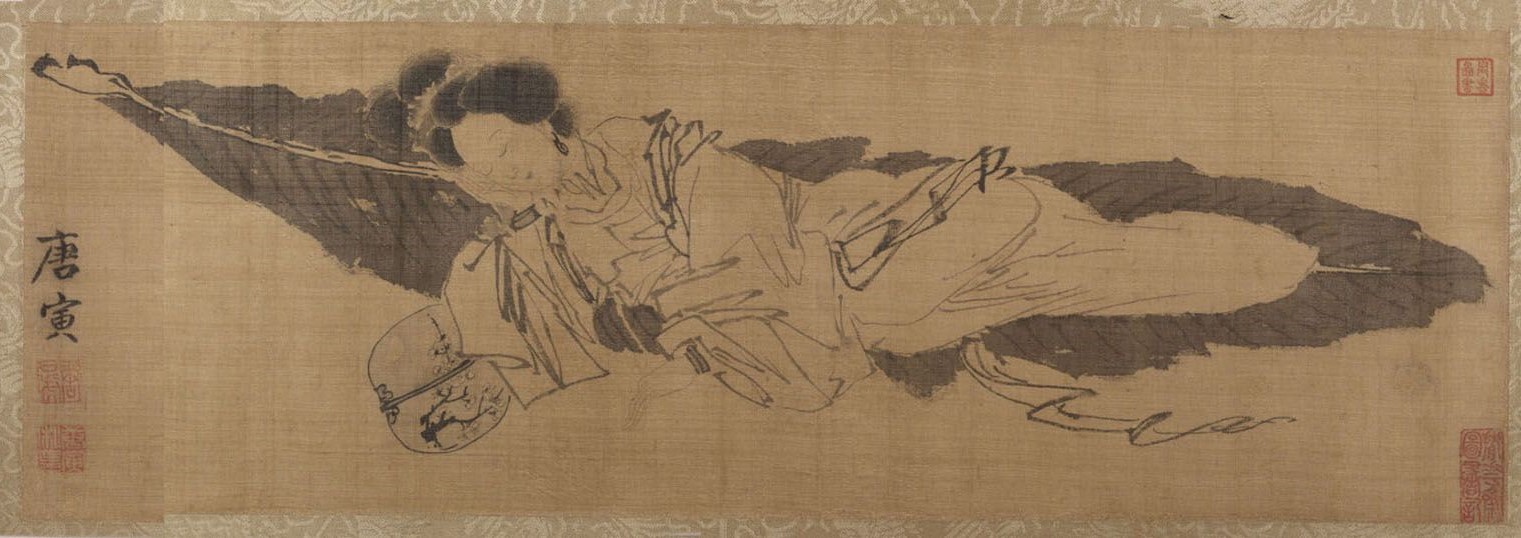
Tang Yin (1470-1524), Beauty Sleeping on a Banana Leaf, 16th century CE.

Qiu Ying (1495-1552), Spring Morning in the Han Palace, 1540.
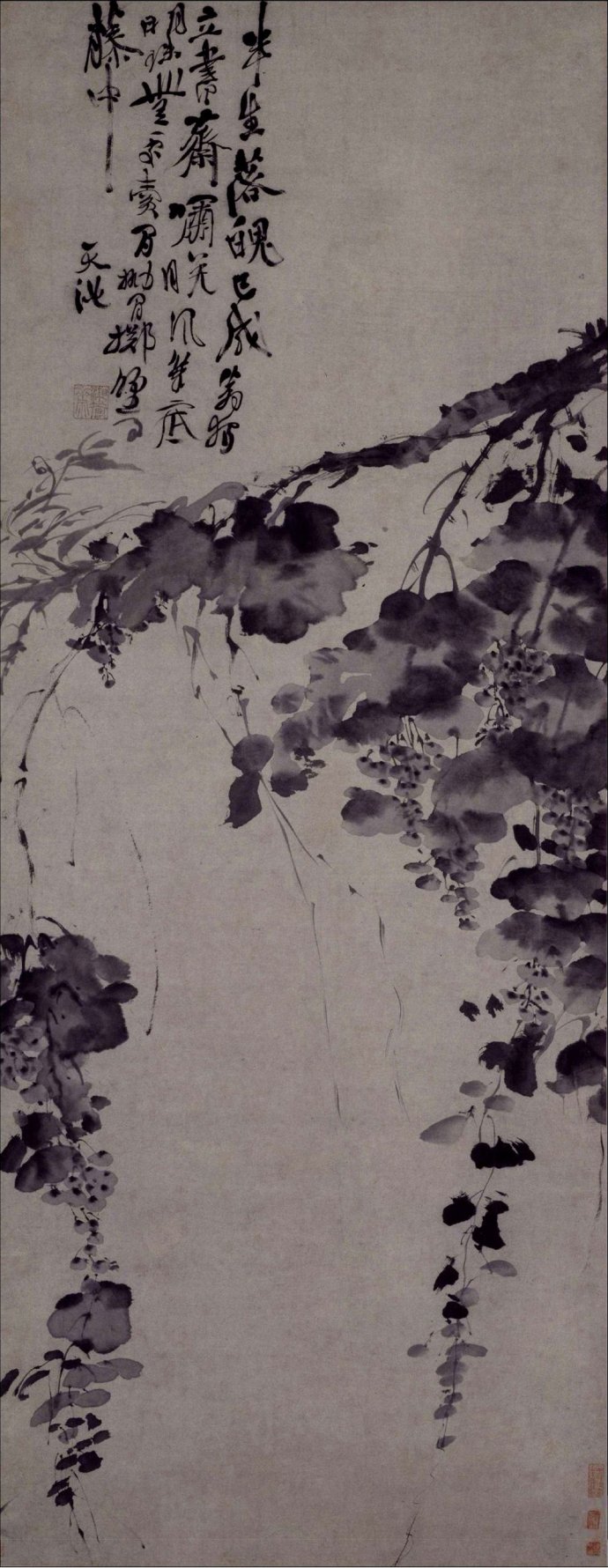
Xu Wei (1521-1593), Ink grapes, 16th century.
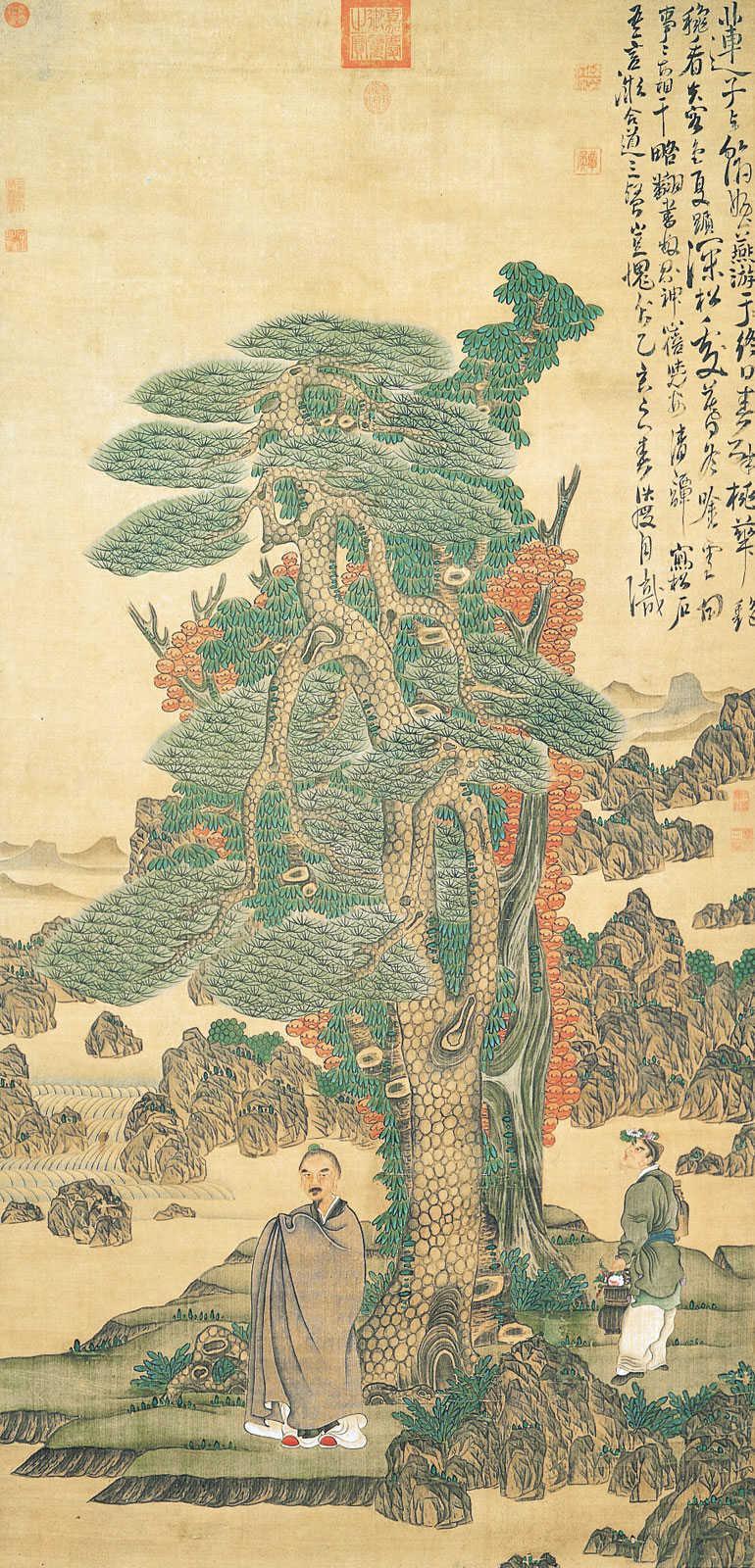
Chen Hongshou (1598-1652), “An Immortal under a Tall Pine” (Self-portrait), 1635.
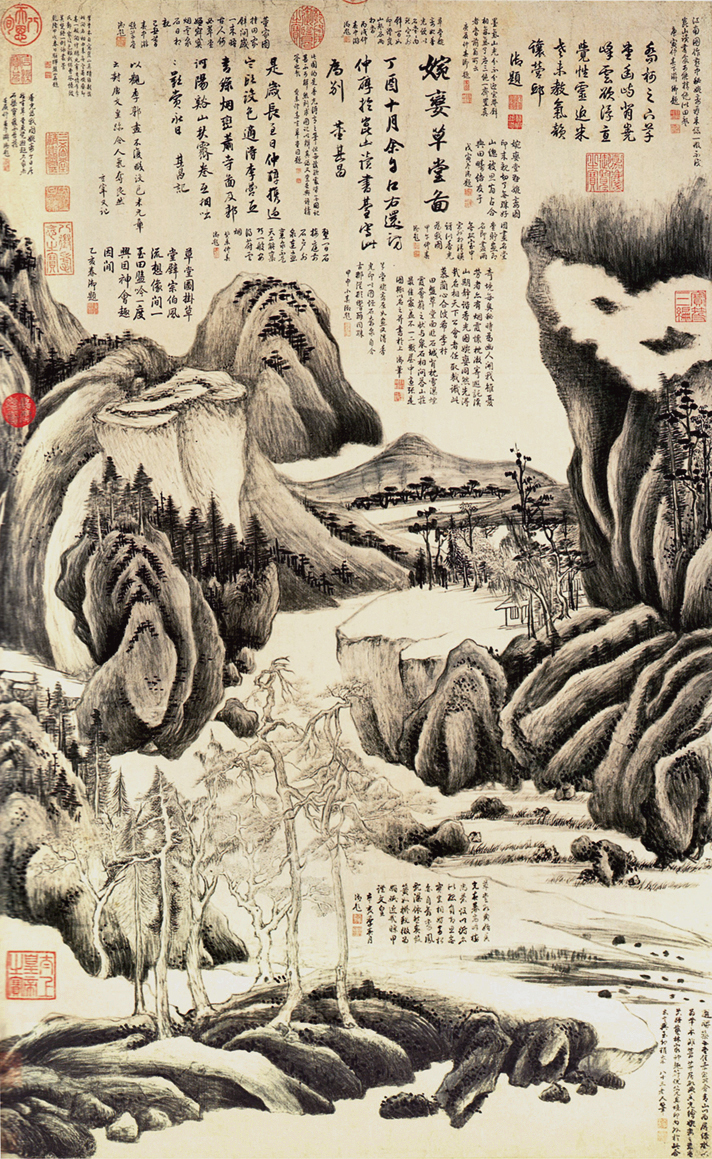
Don Qichang (1555-1636), “Wanlou Thatched Hall” 1597.
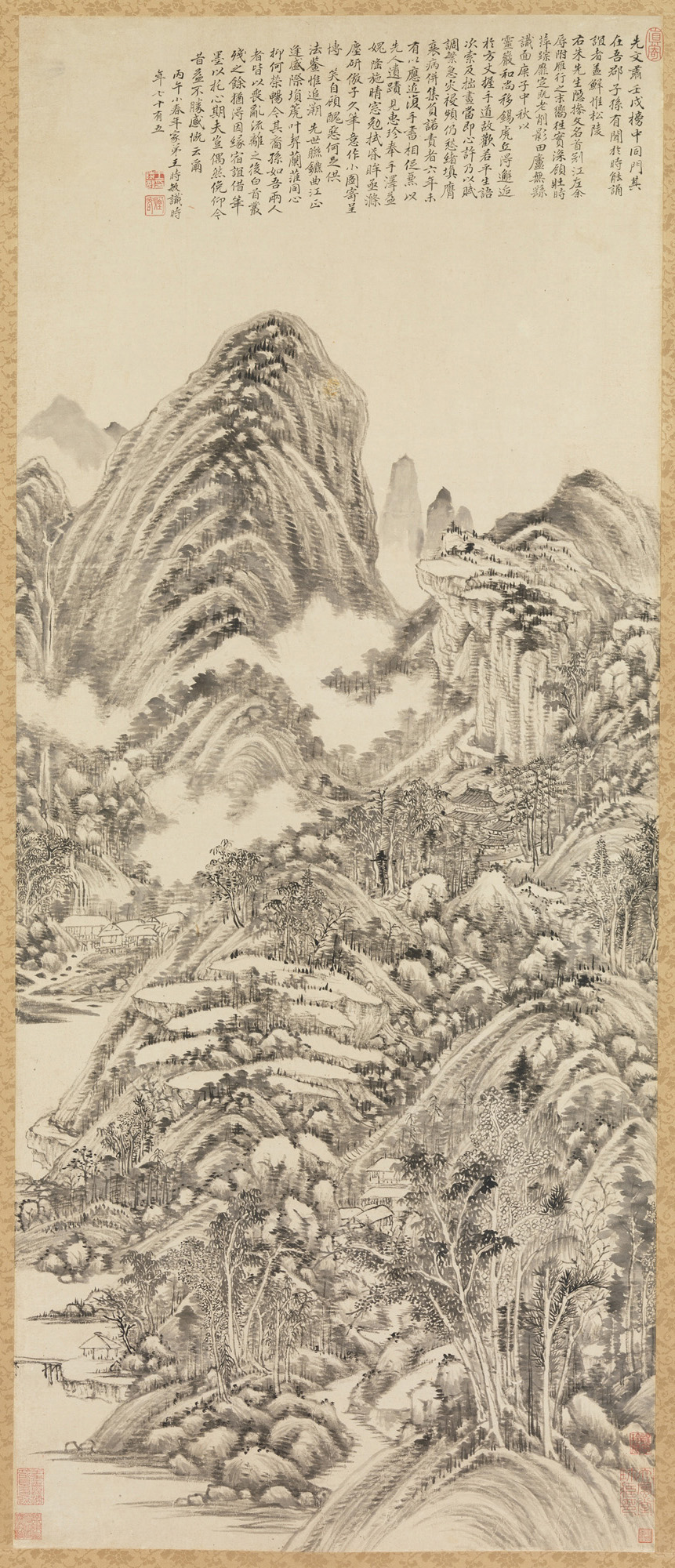
Wang Shimin (1592-1680), Landscape in the Style of Huang Gongwang, 1666.
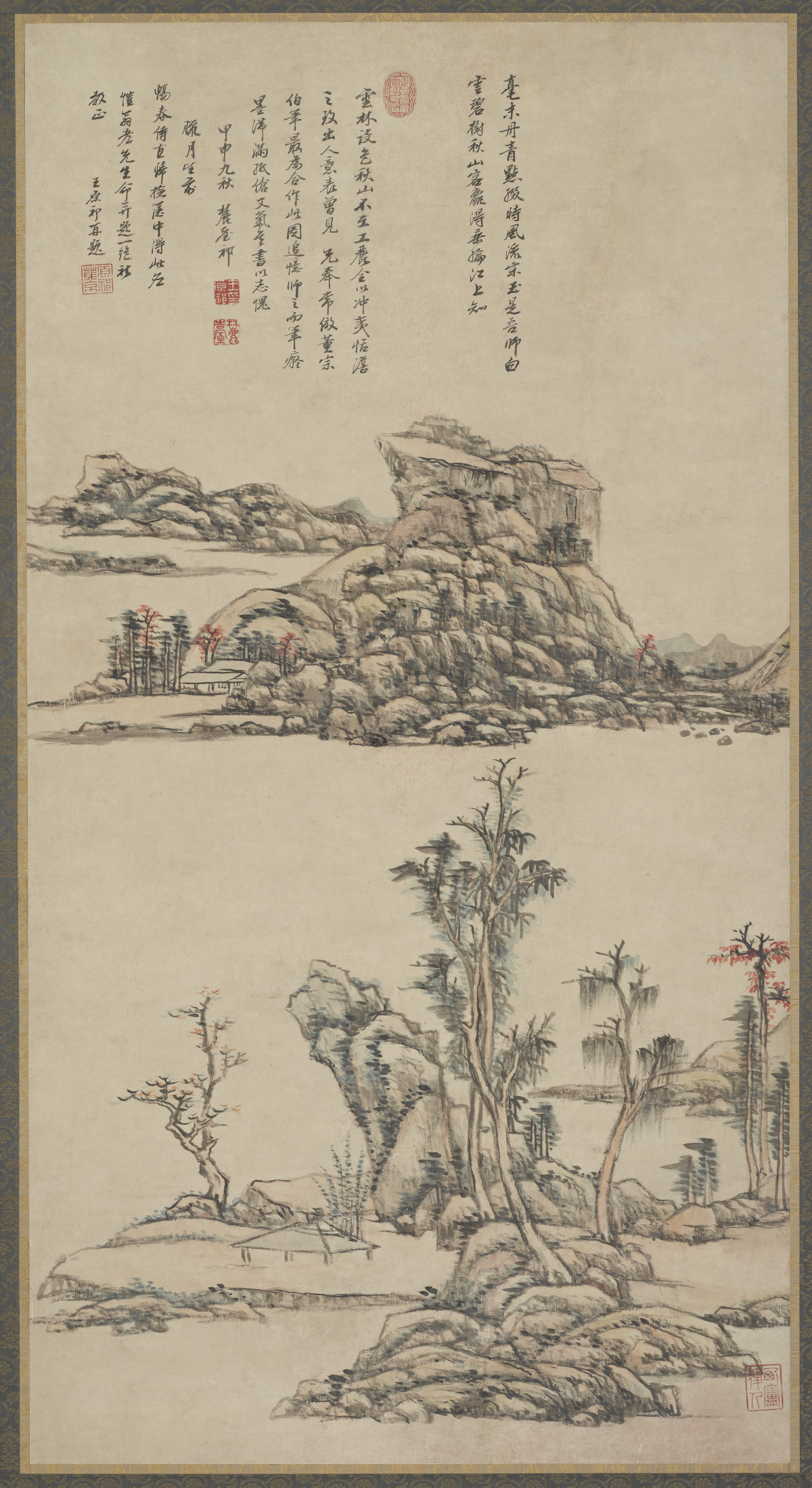
Wang Yuanqi (1642-1715), Landscape in the Style of Ni Zan, late 17th century CE.
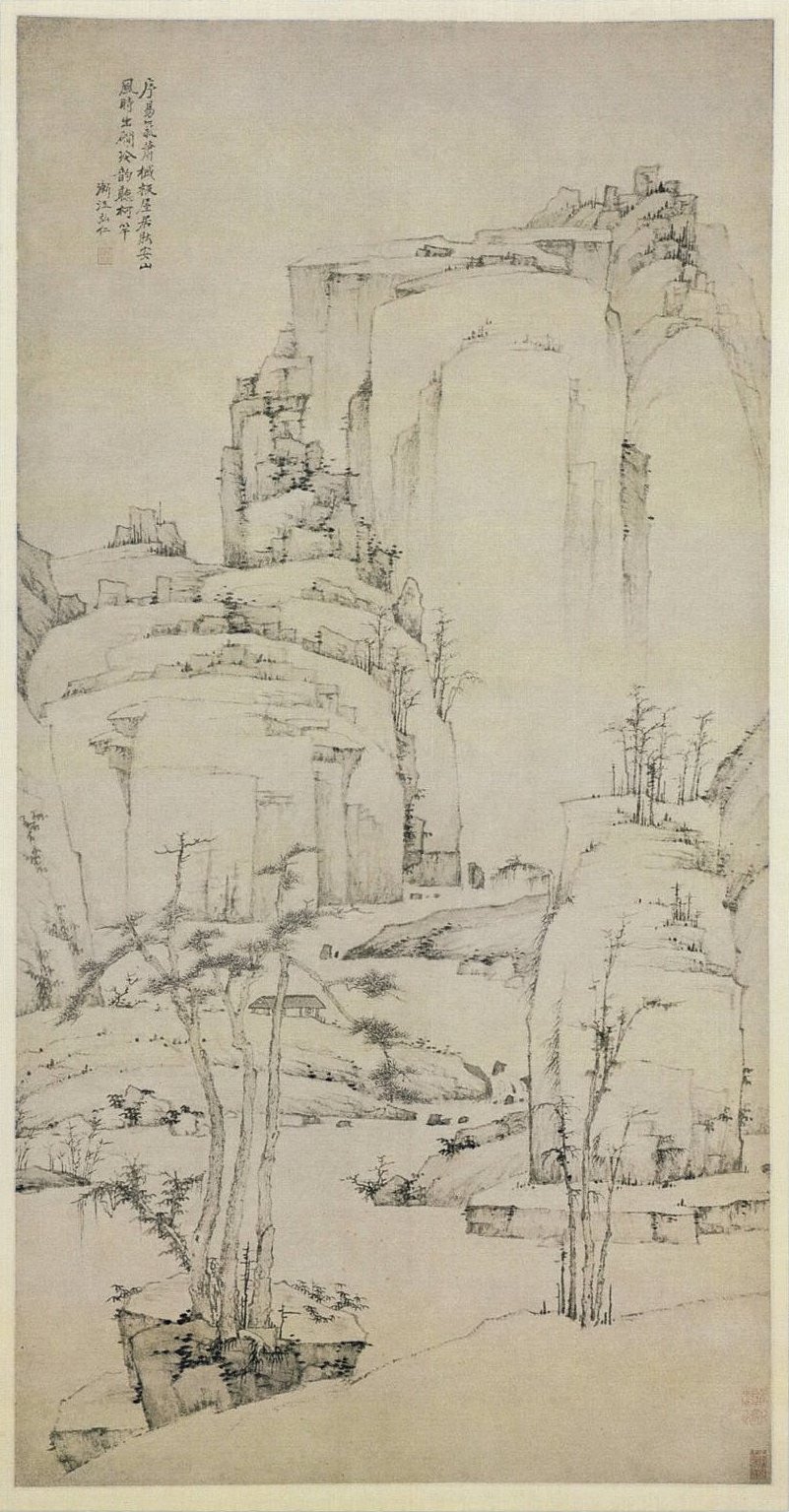
Hongren (1603-1663), “The Coming of Autumn”, mid 17th century CE.

Gong Xian (1617-1689), “Thousand Peaks and Myriad Ravines”, detail, mid-17th century CE.
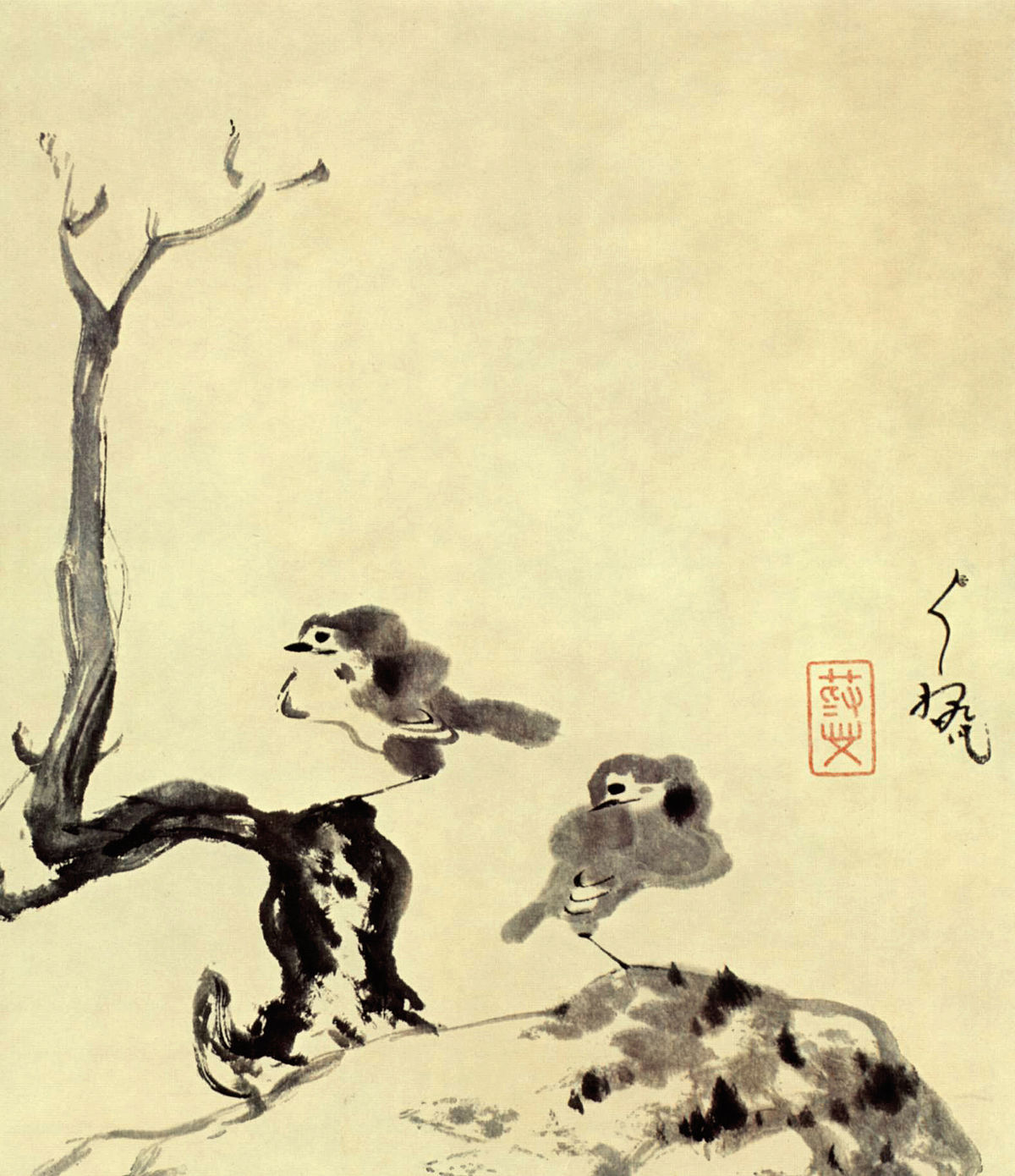
Zhu Da (Bada Shanren, 1626-1705), Two Birds, late 17th century CE.
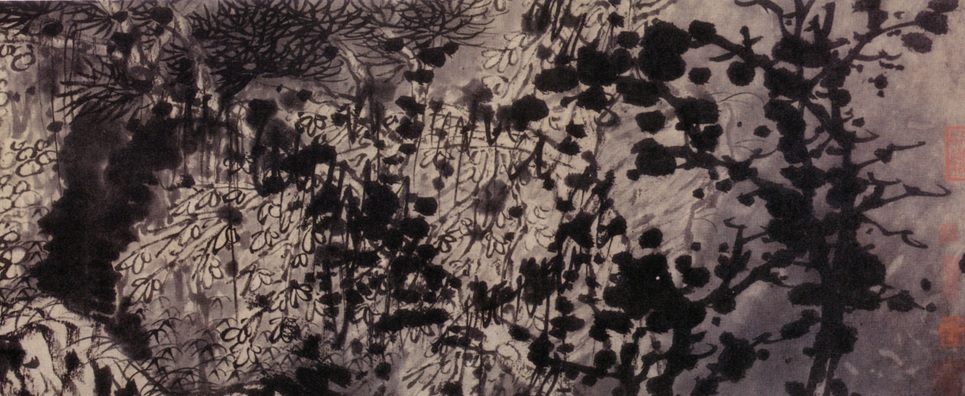
Shitao (Daoji, 1641-1717), Ten Thousand Ugly Ink Dots, detail. Late 17th century CE.
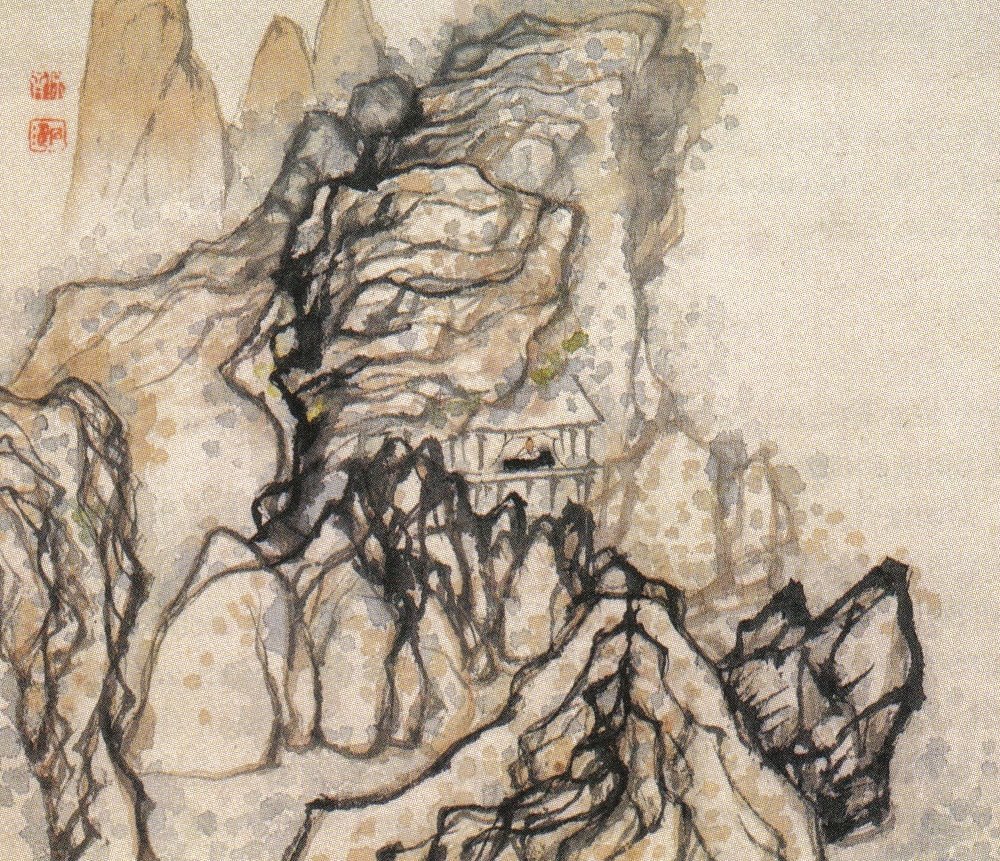
Shitao (Daoji, 1641-1717), “Man in a House beneath a Cliff” Qing dynasty, late 17th century CE.

Luo Pin (1733-1799), Illustrations of the fun of the Ghosts, 1771.
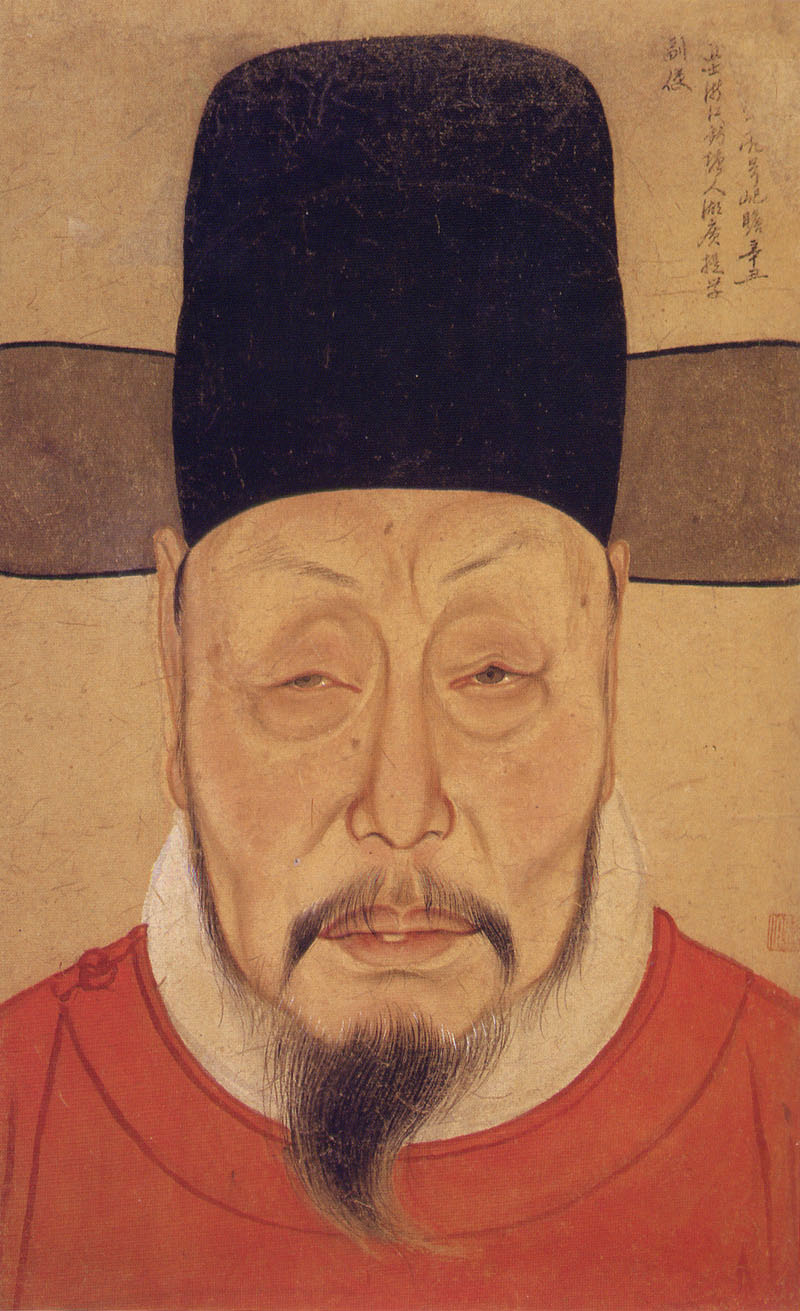
Anonymous, Portrait of Ge Yinliang, Ming dynasty, 16-17th centuries.
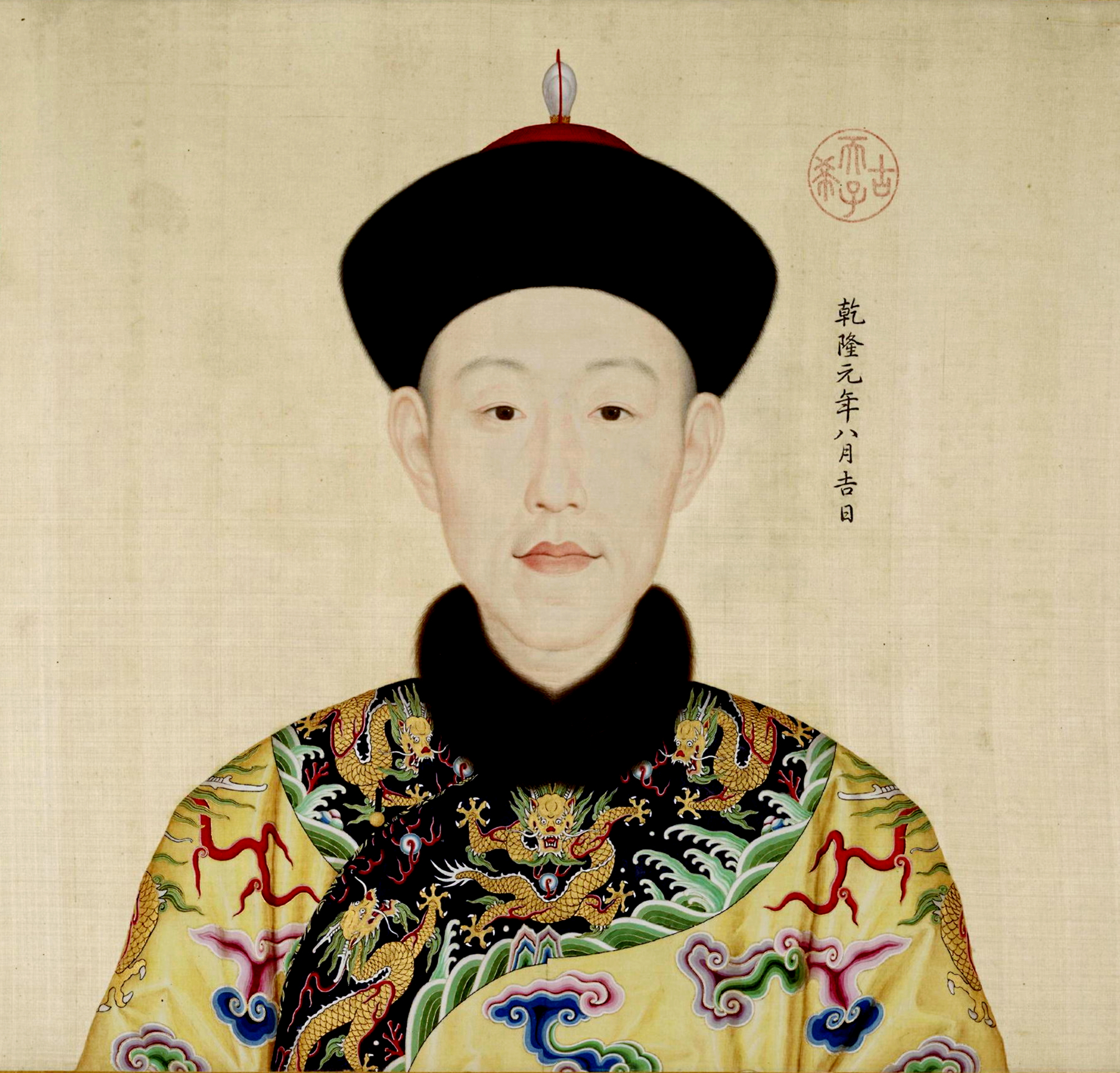
Giuseppe Castiglione (Lang Shining, 1688-1768), “Ingurgitano Portrait of Emperor Qianlong”, Qing dynasty, 1736.

Ding Yupeng (1547-1628), Jesus claims the storm (Jesus calls fishermen), Woodblock print from “Ink Gardens of the Cheng Family”, early 17th century.
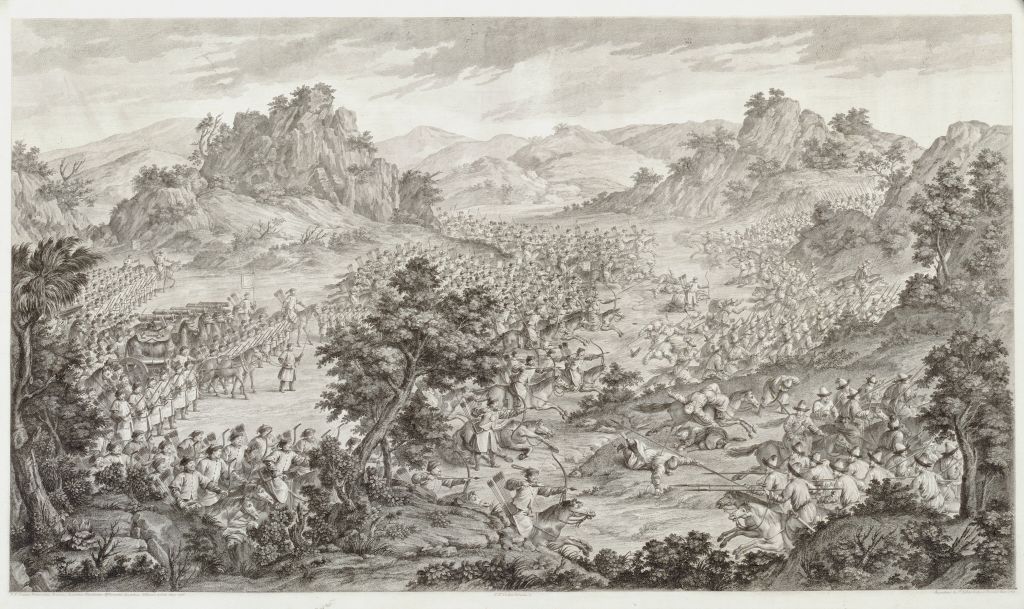
Emperor Qianlong’s Conquest of the Zhunge’er Tribe, etchings (1765-1774), made in Paris.
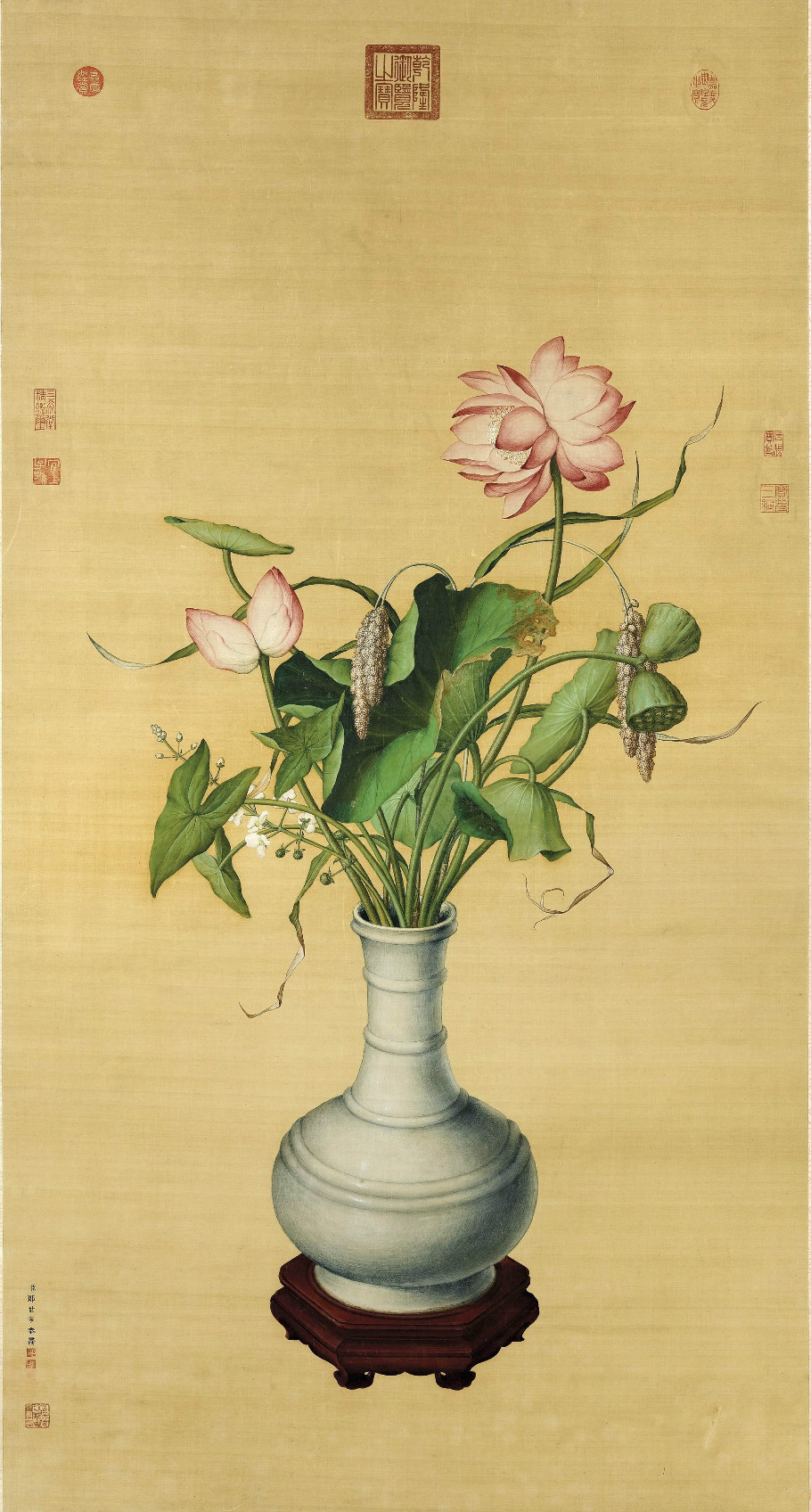
Giuseppe Castiglione (Lang Shining, 1688-1768), Still Life, 18th century.
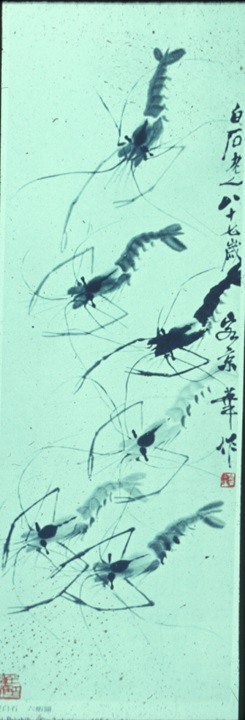
Qi Baishi (1863-1957), Shrimps, ink on paper, 1950.
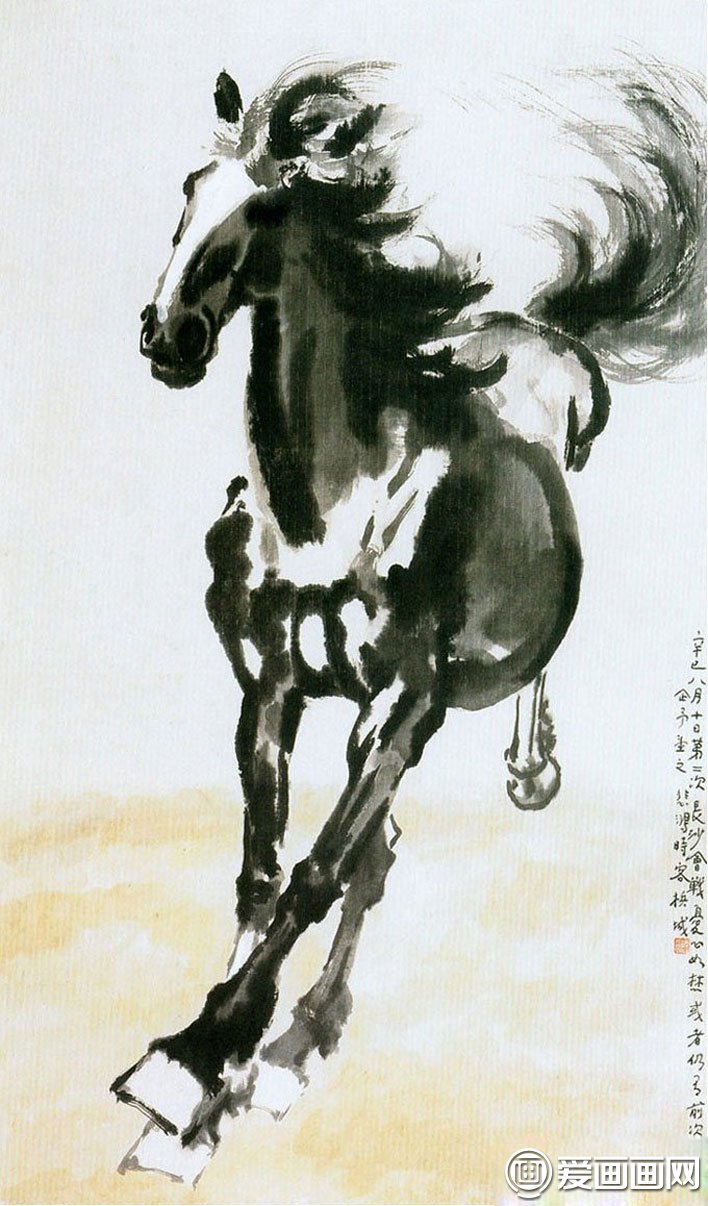
Xu Beihong (1895-1953) Galloping horse, ink on paper, 1941.
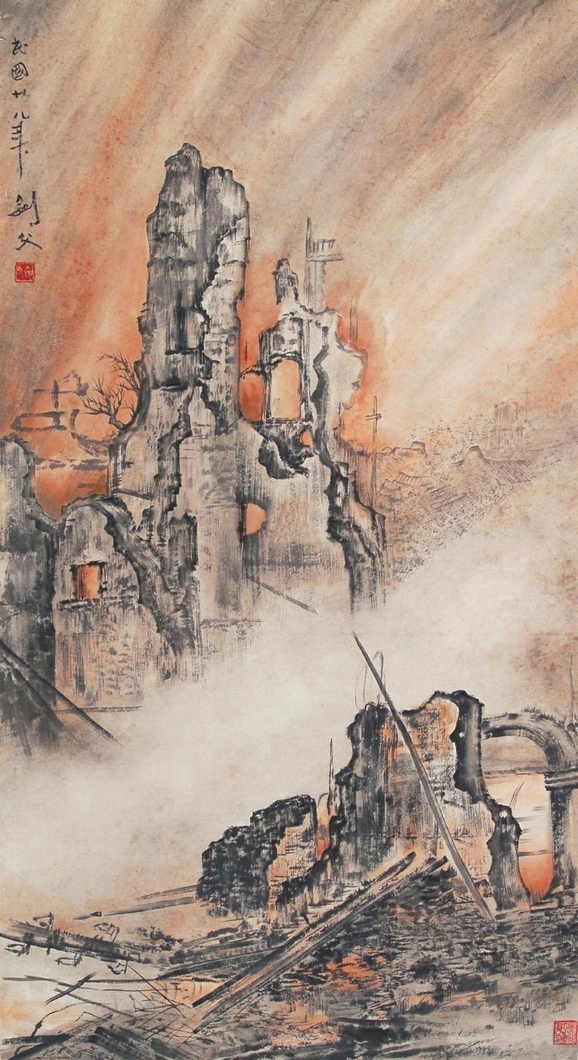
Gao Jianfu (1879-1951), Flames in the eastern battlefield, ink and color on paper, 1930s.
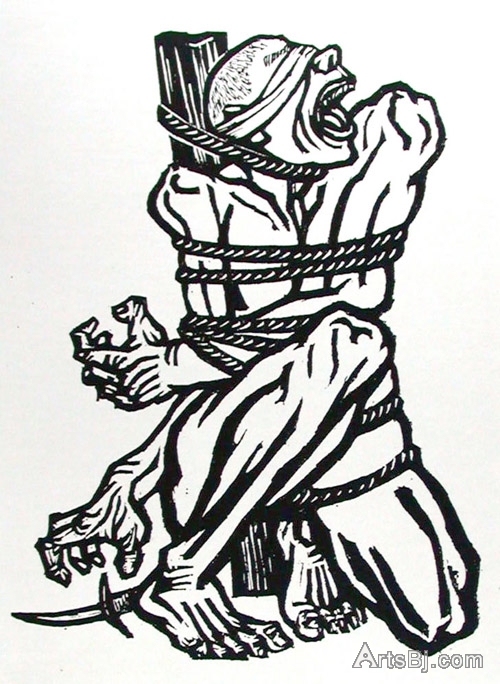
Li Hua (1907-1994), Roar, China, Woodcut print, 1935.
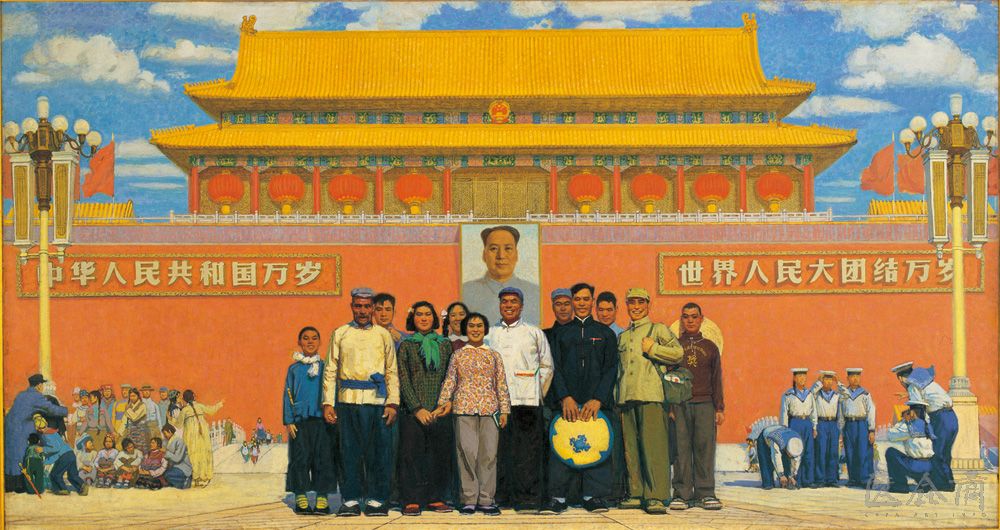
Sun Zixi (b. 1929), In Front of Tiananmen, oil on canvas, 1964.
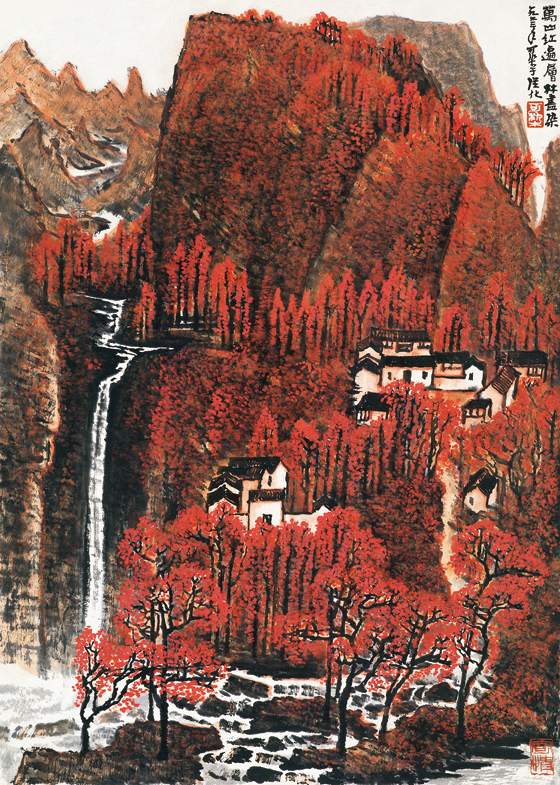
Li Keran (1907-1989), 10,000 Crimson Hills, ink and pigments on paper, 1963.
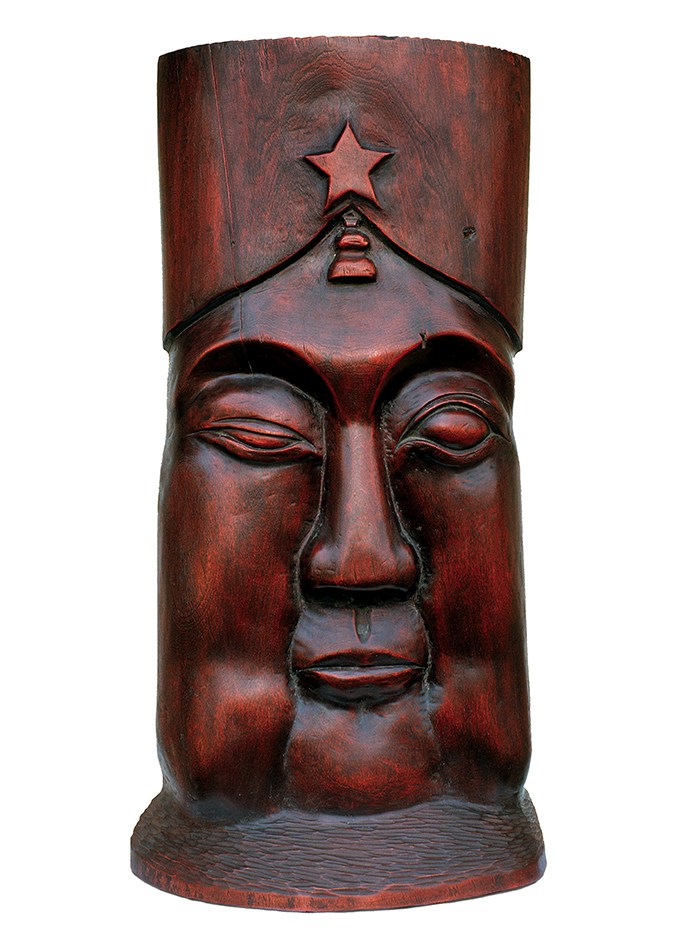
Wang Keping (b. 1949), Idol, Wood carving, 1979.
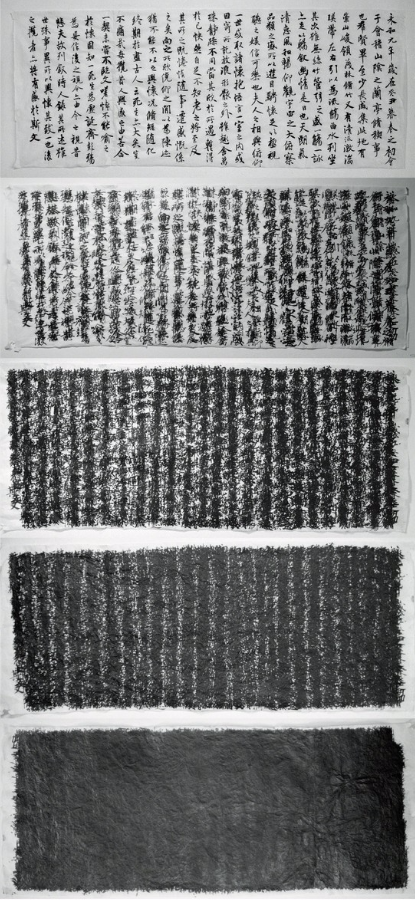
Qiu Zhijie (b. 1969), Work No.1: A One-Thousand-Time Copy of Lantingxu, 1991-1995.
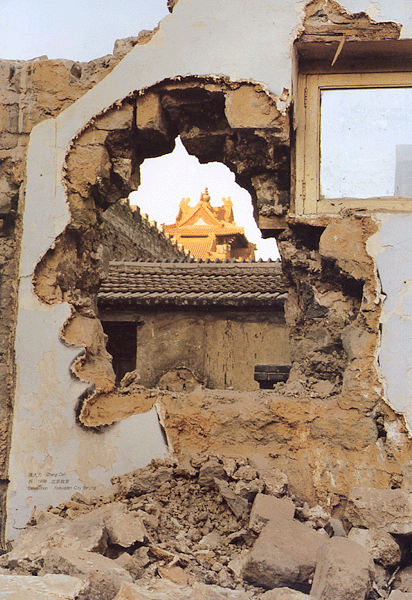
Zhang Dali (b. 1963), The “Dialogue” Series, Graffiti, 1995-2000.